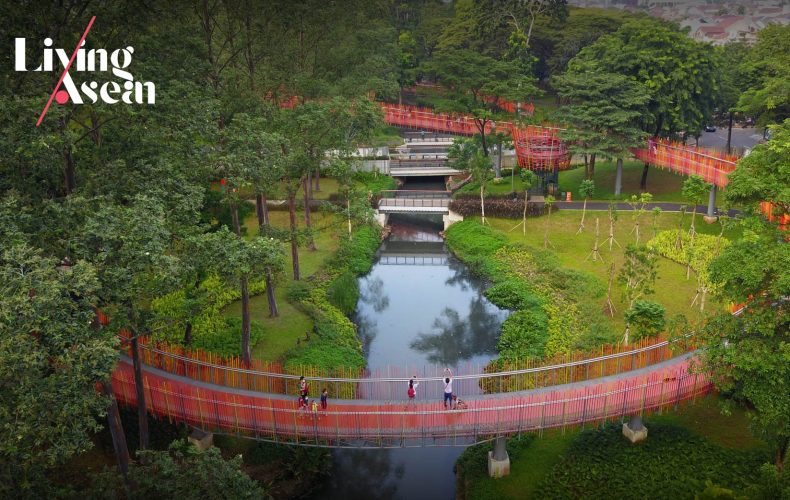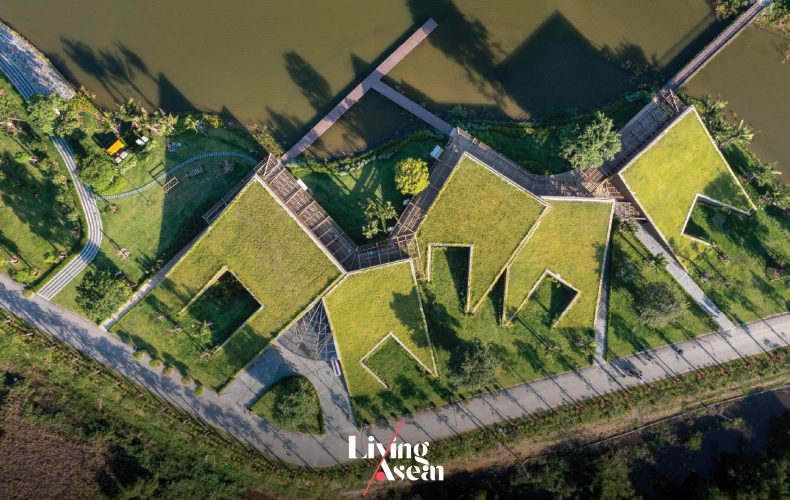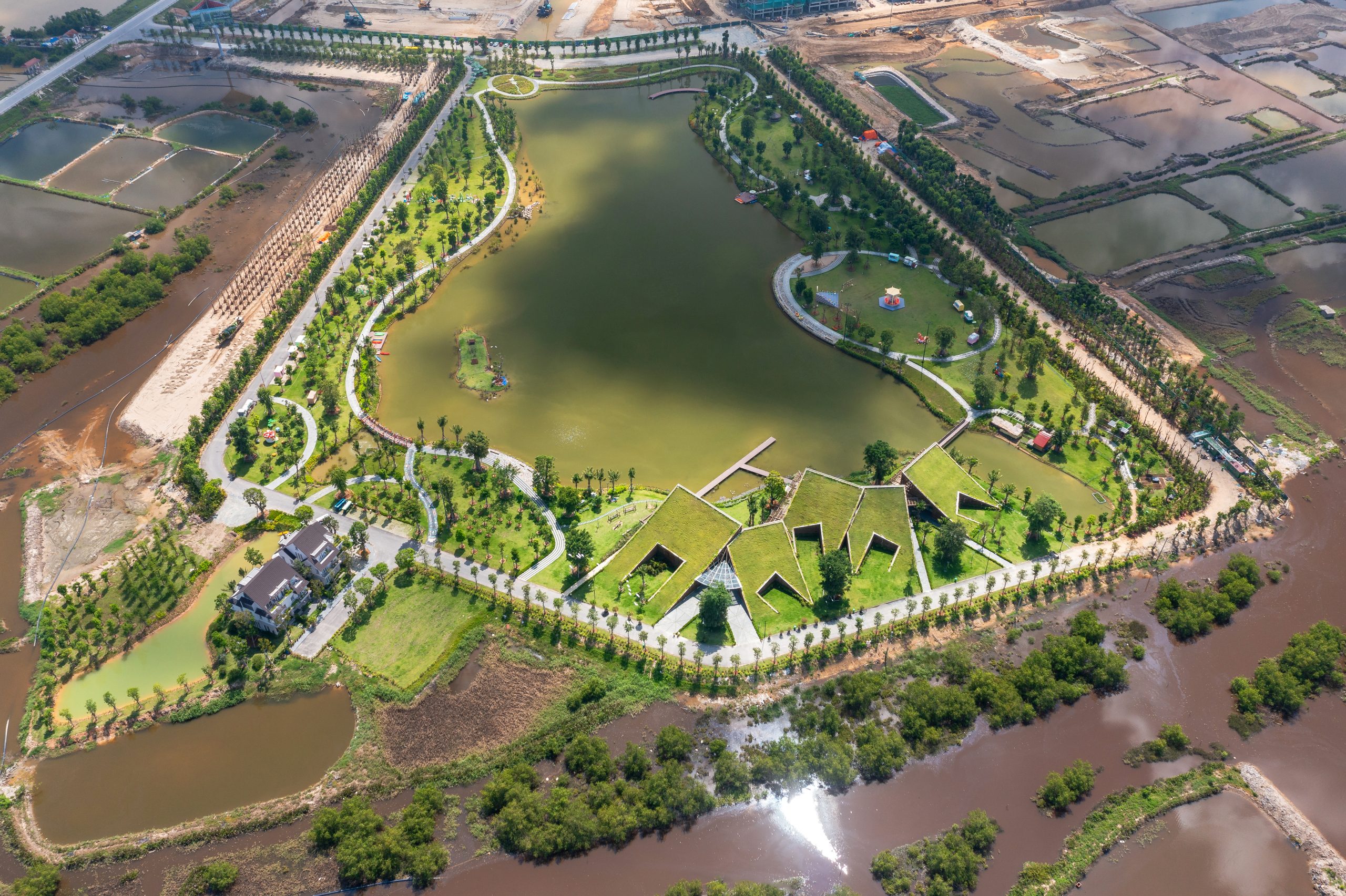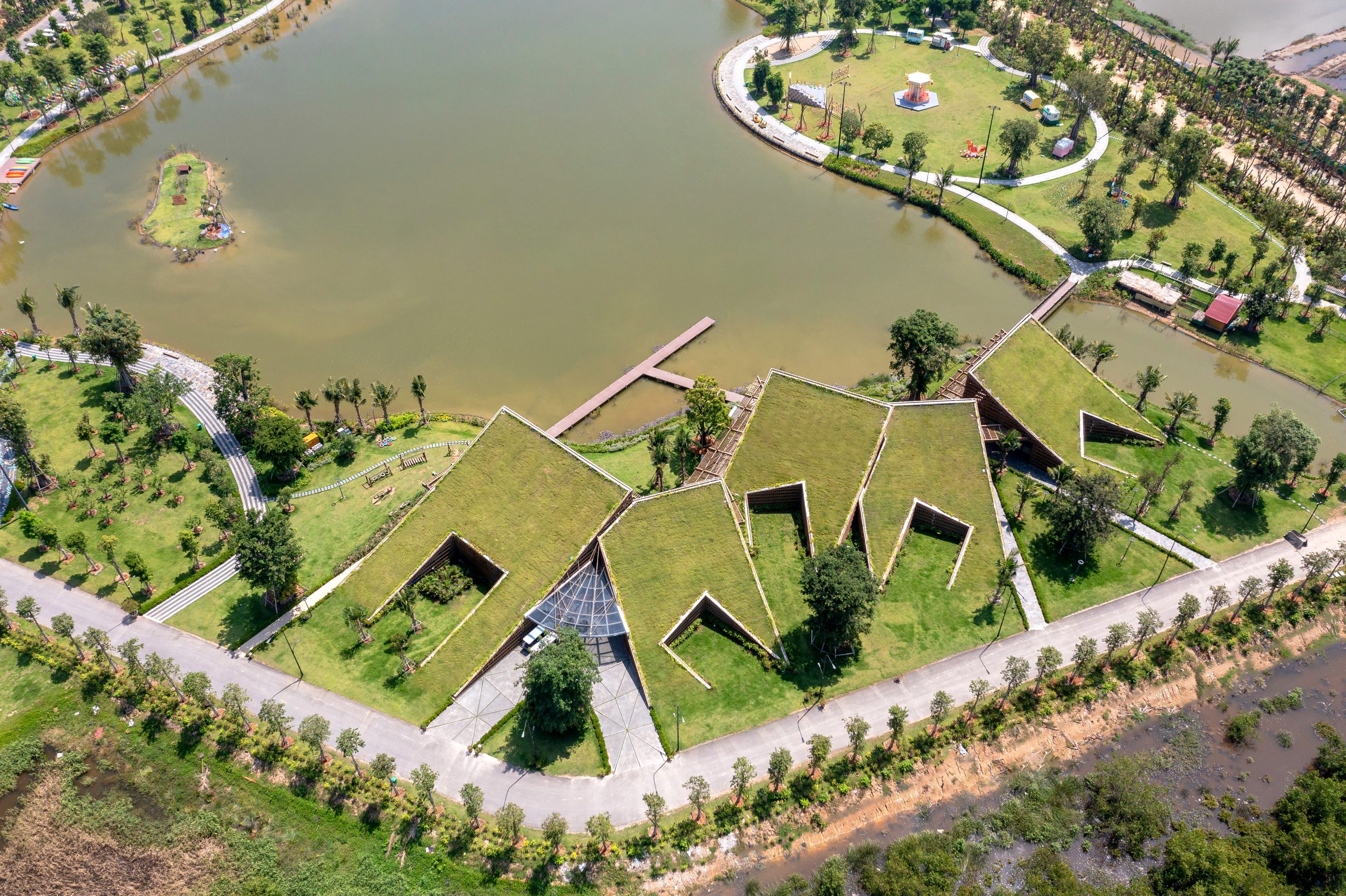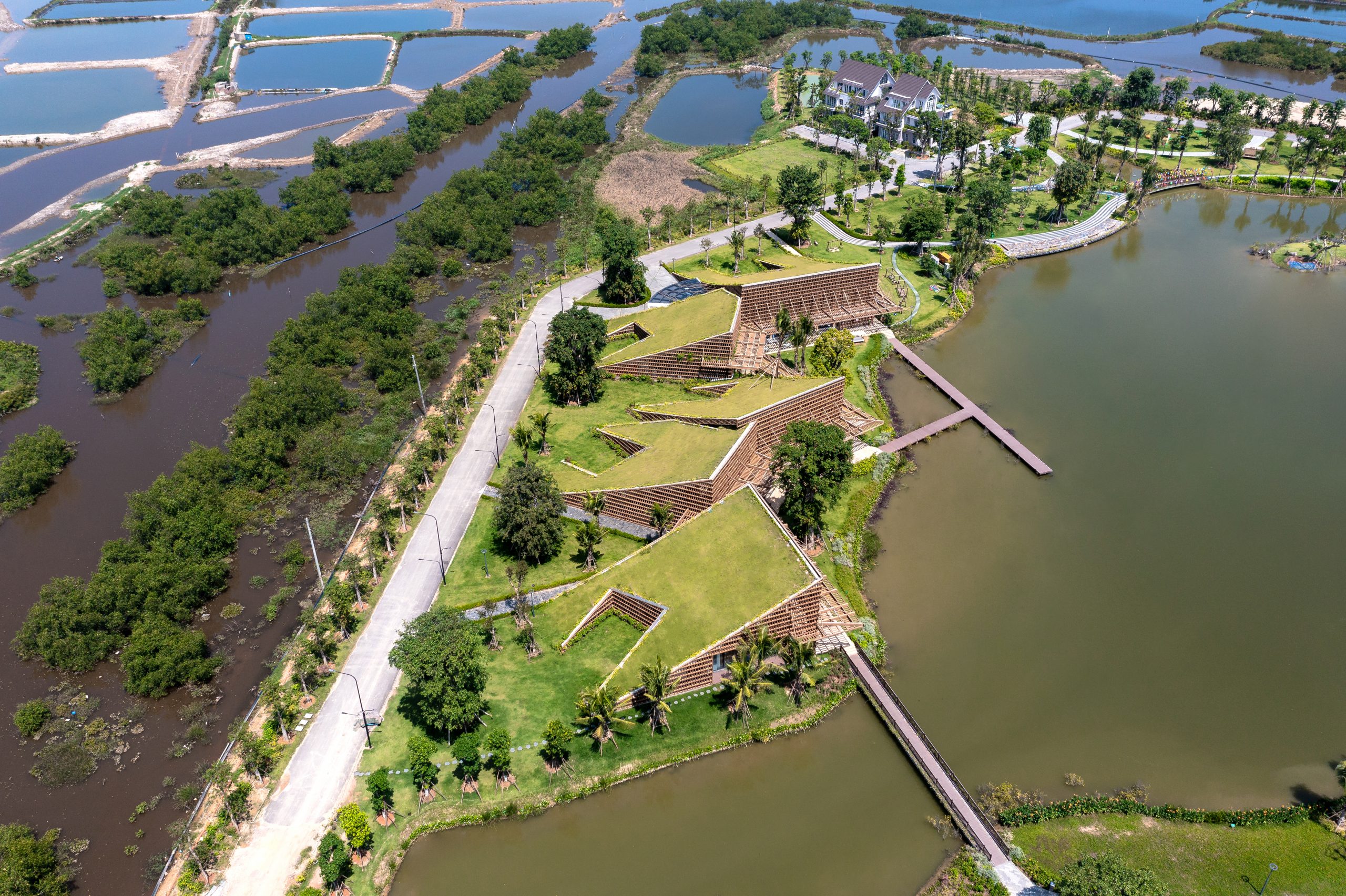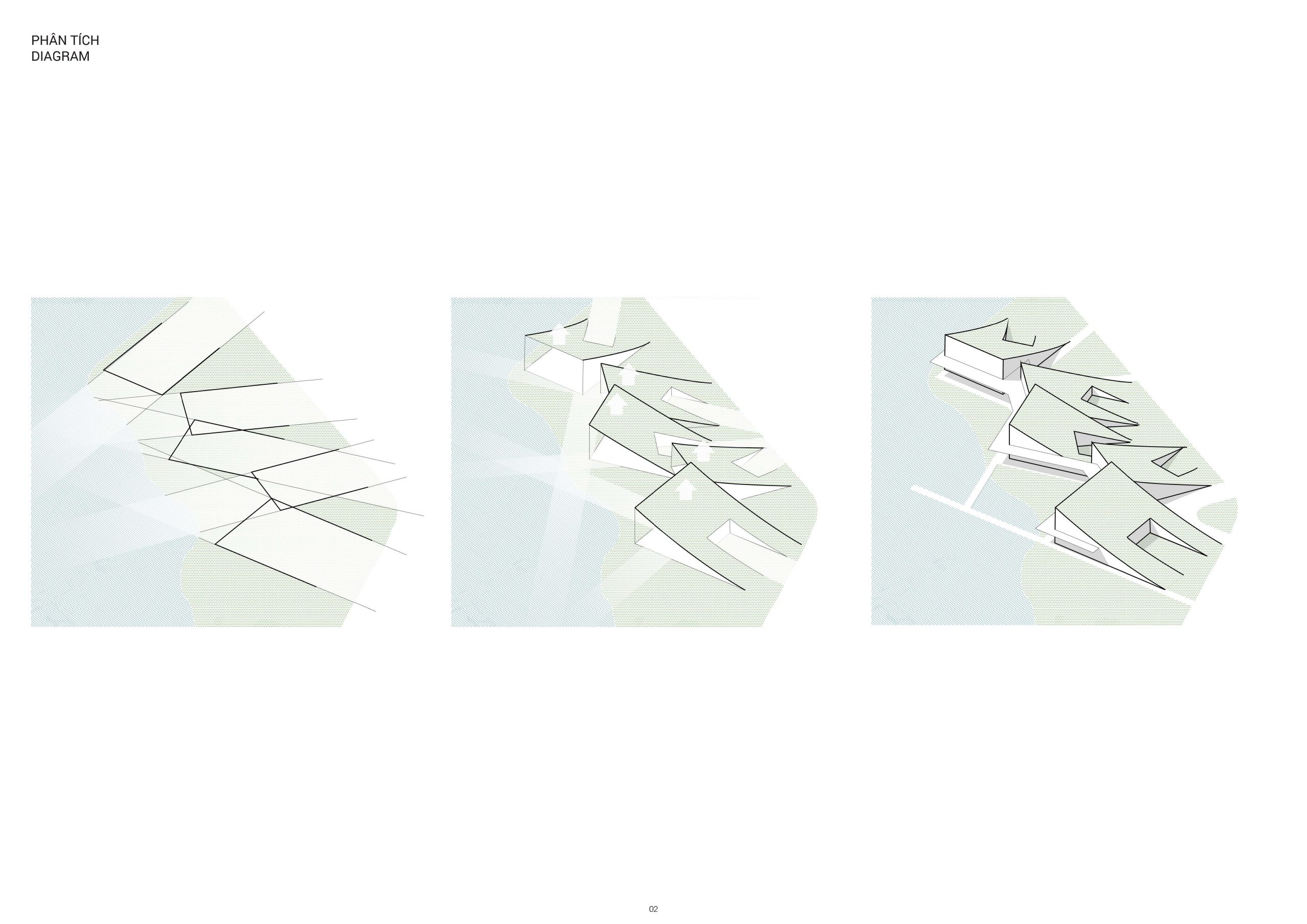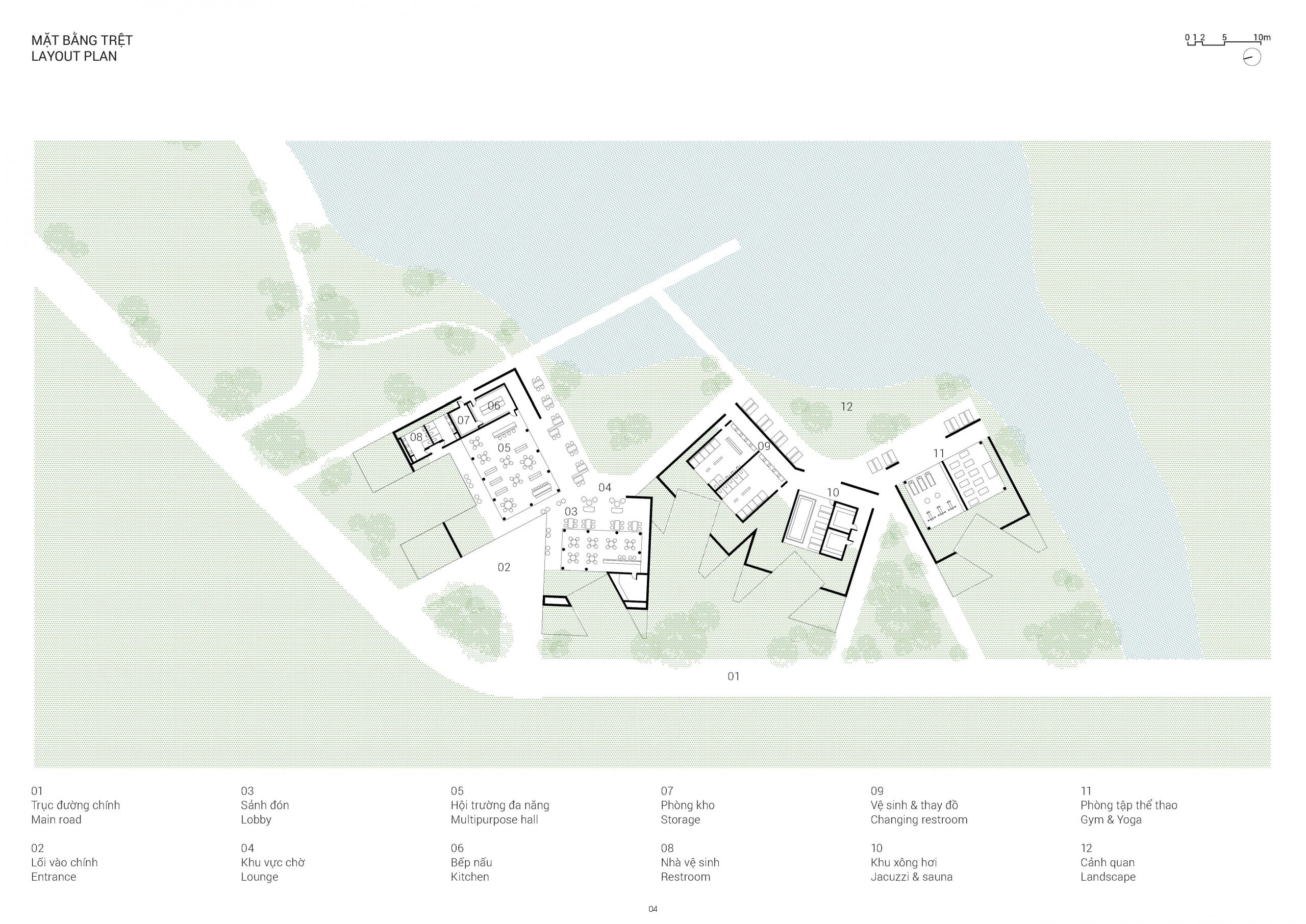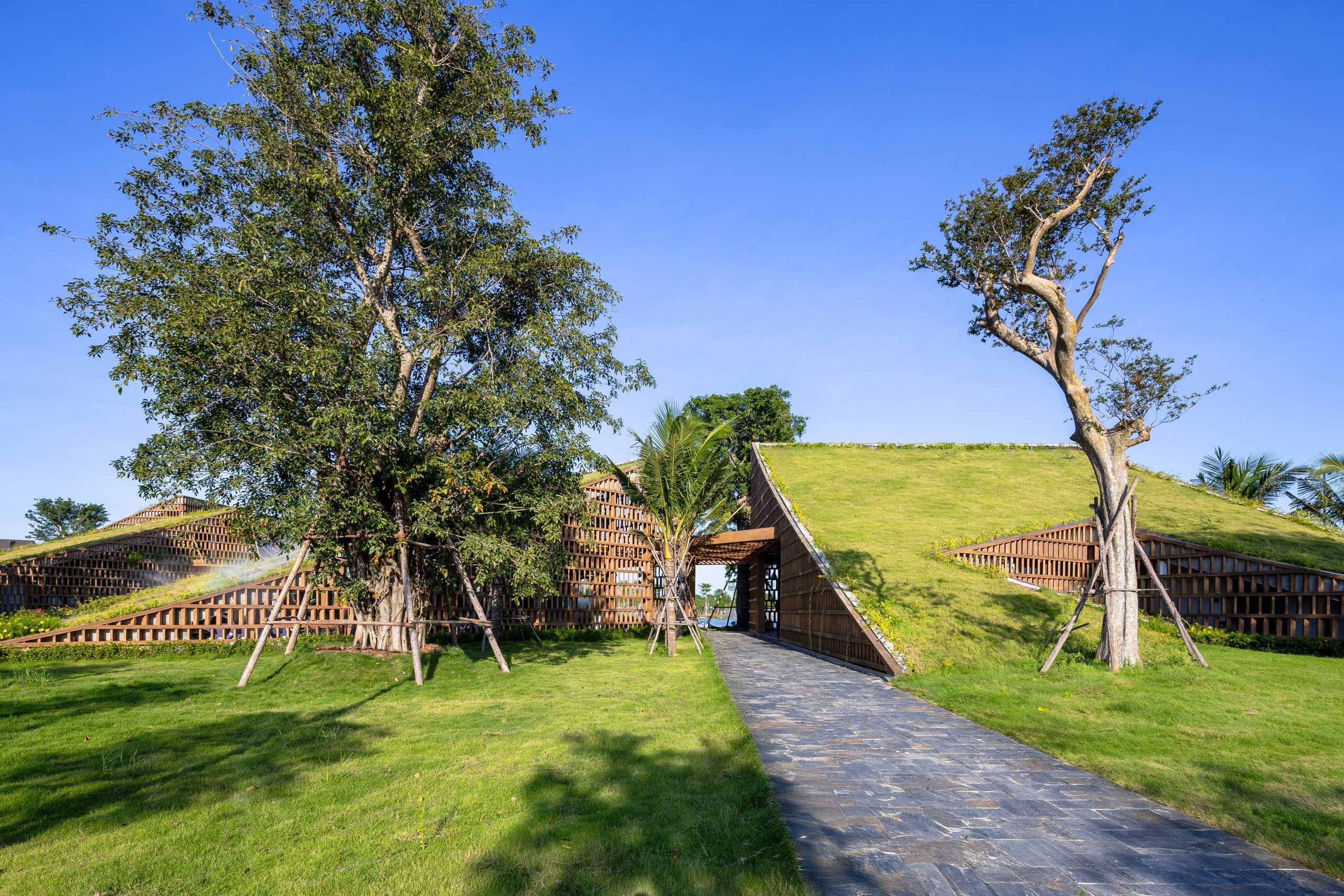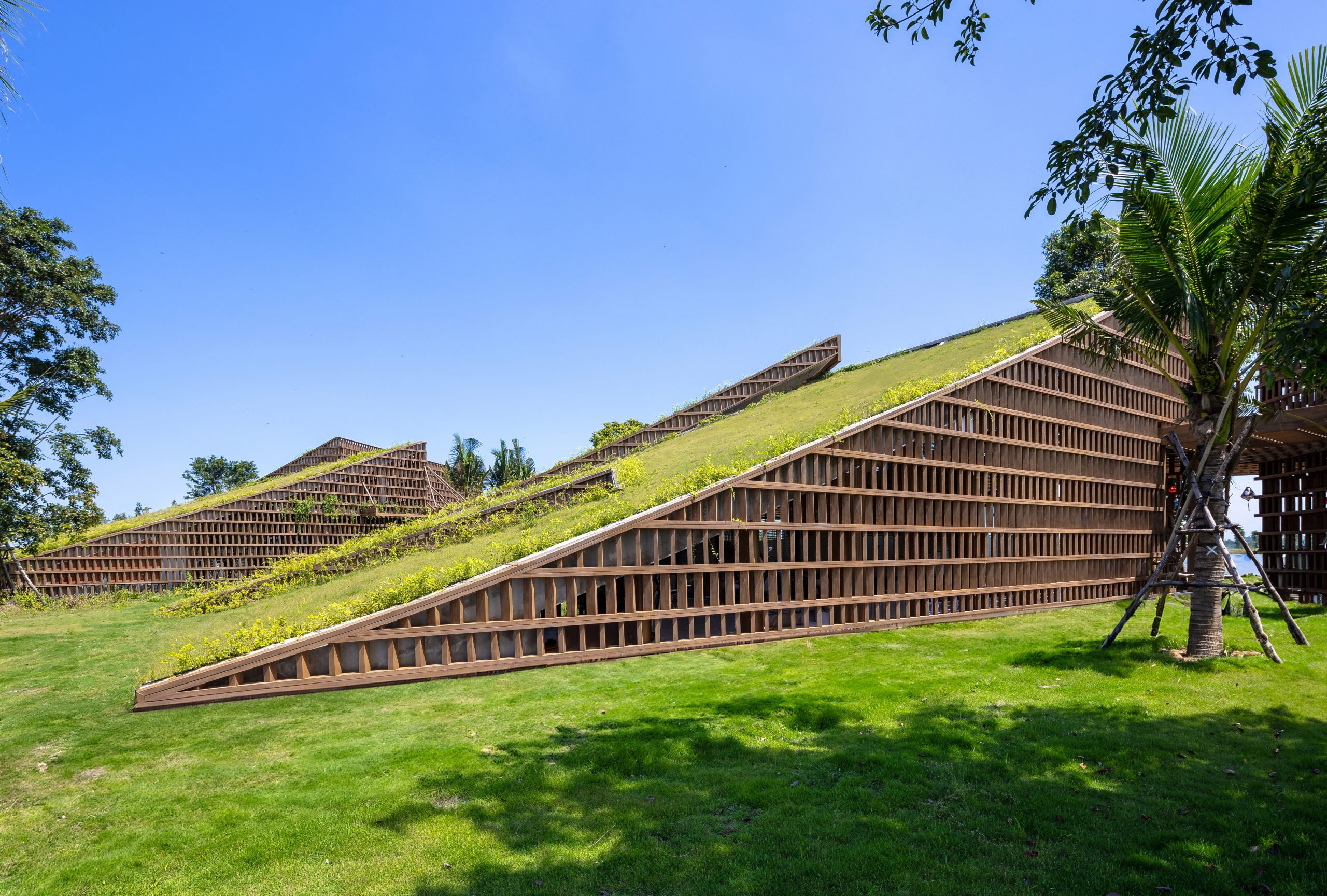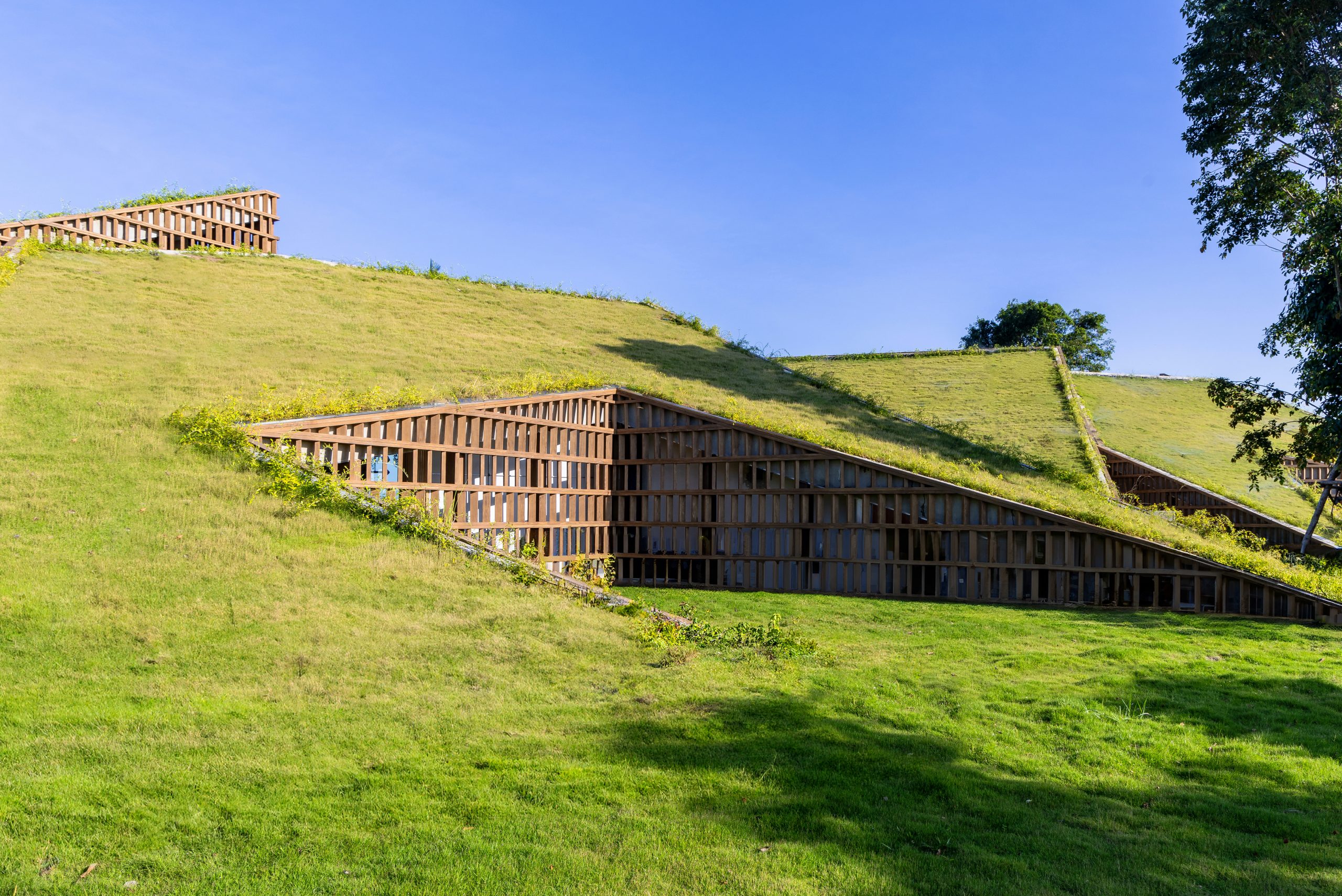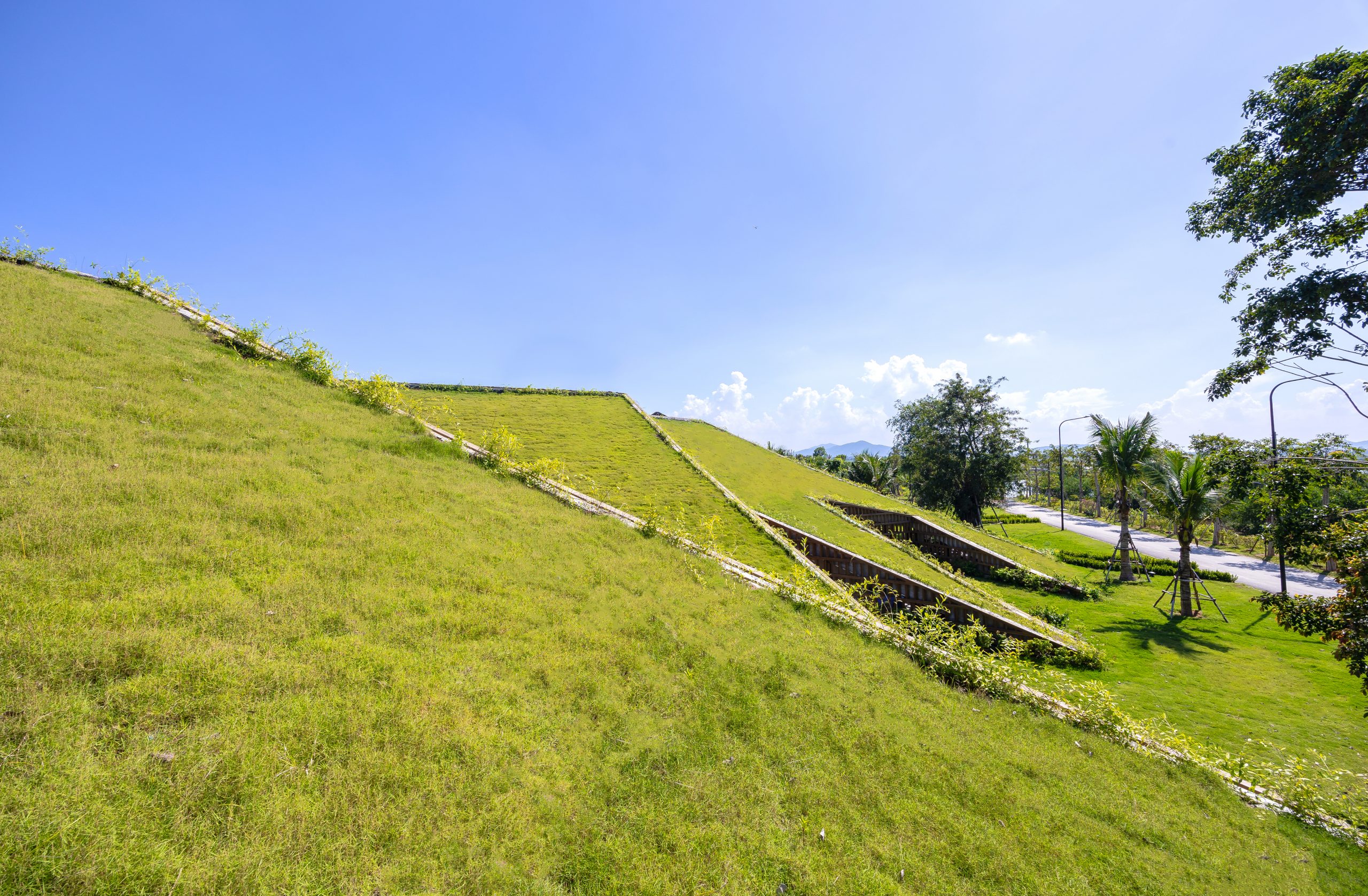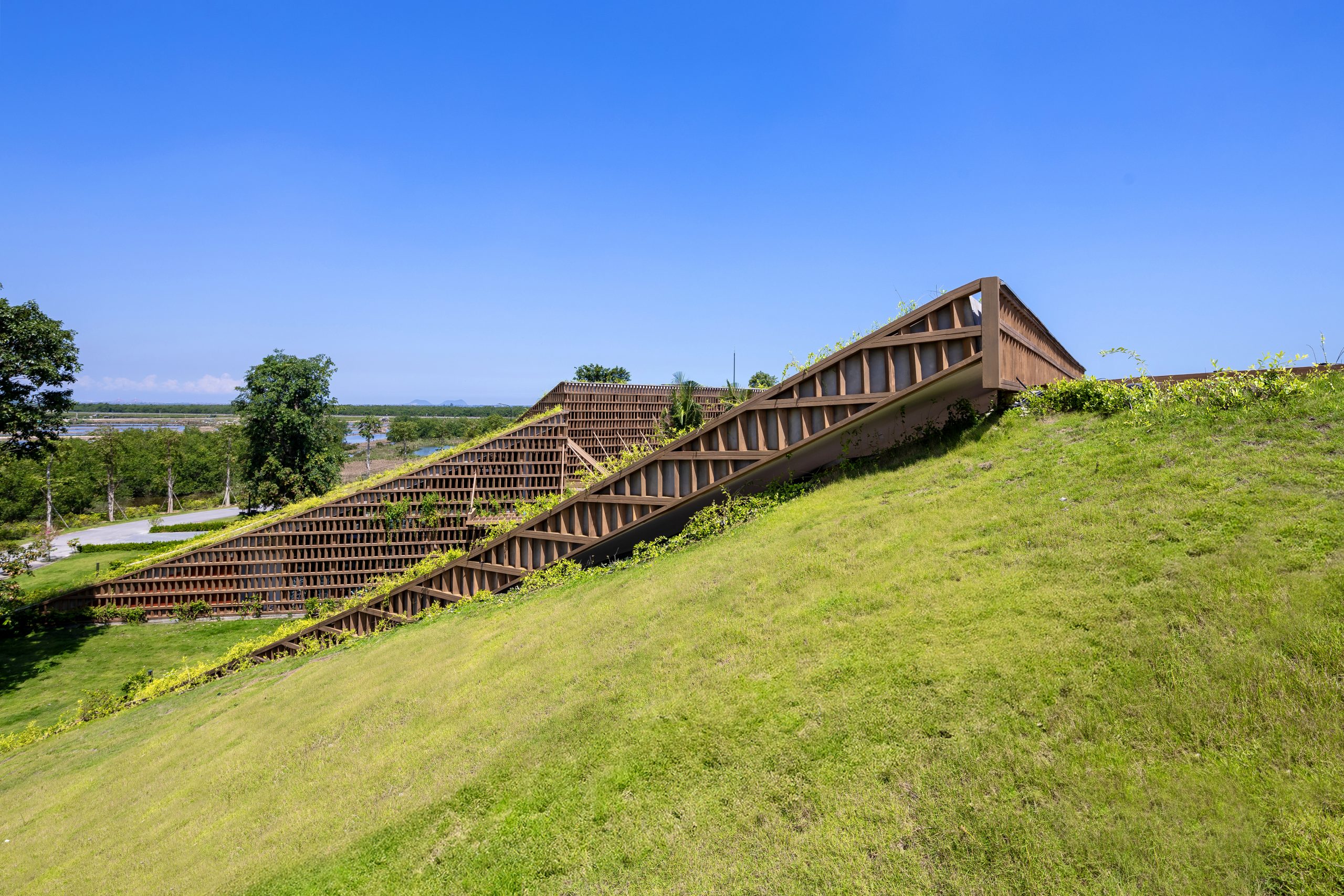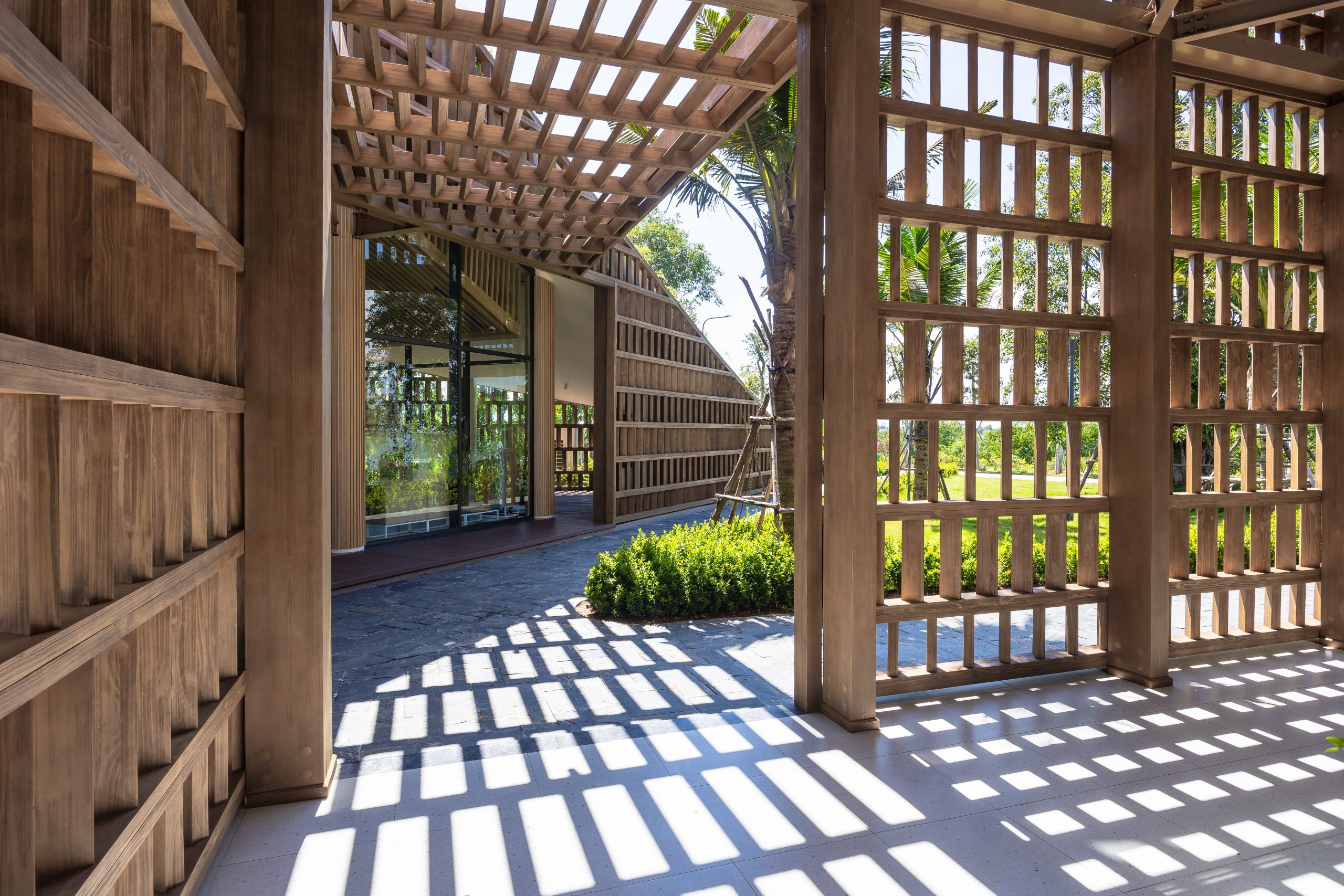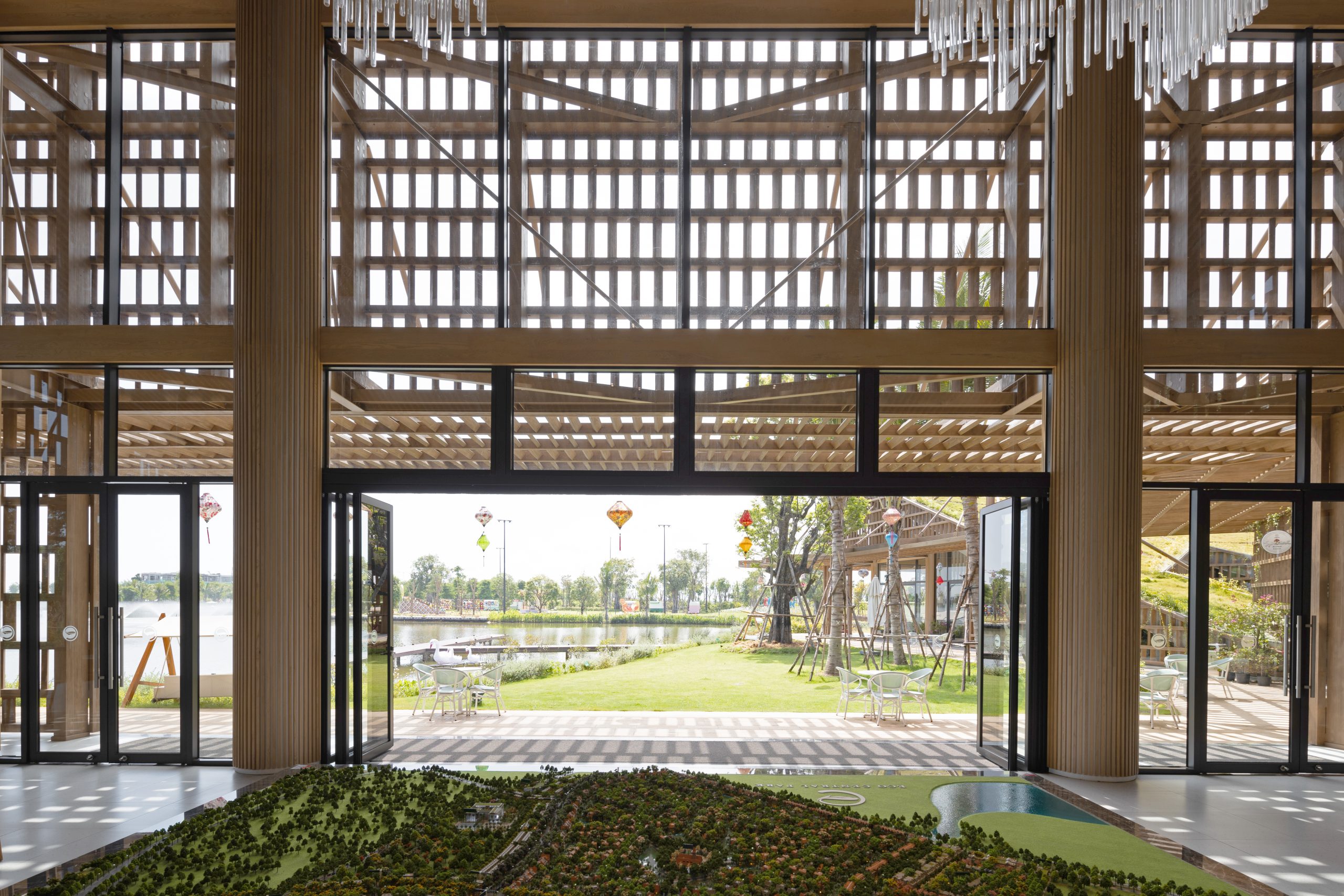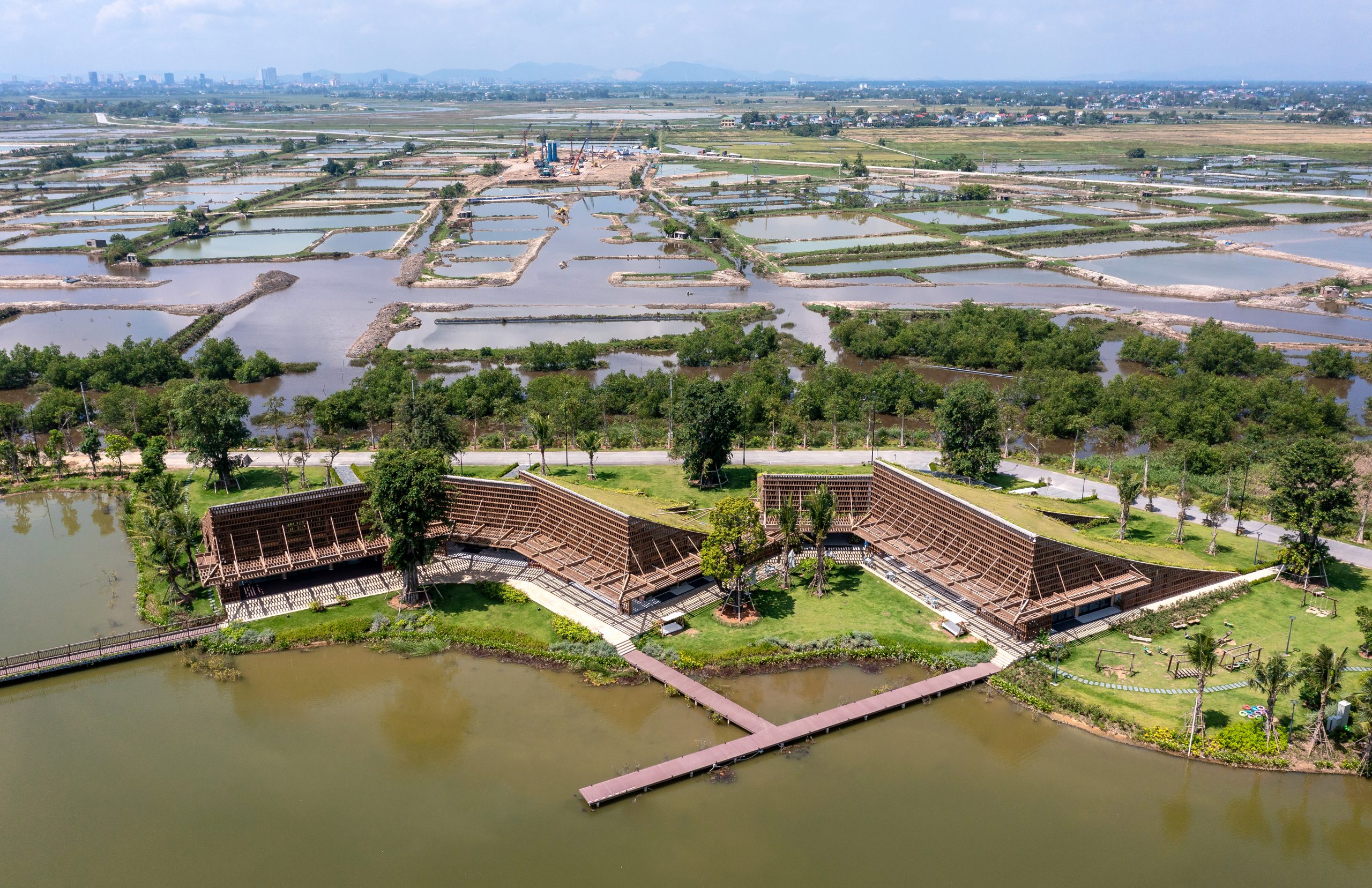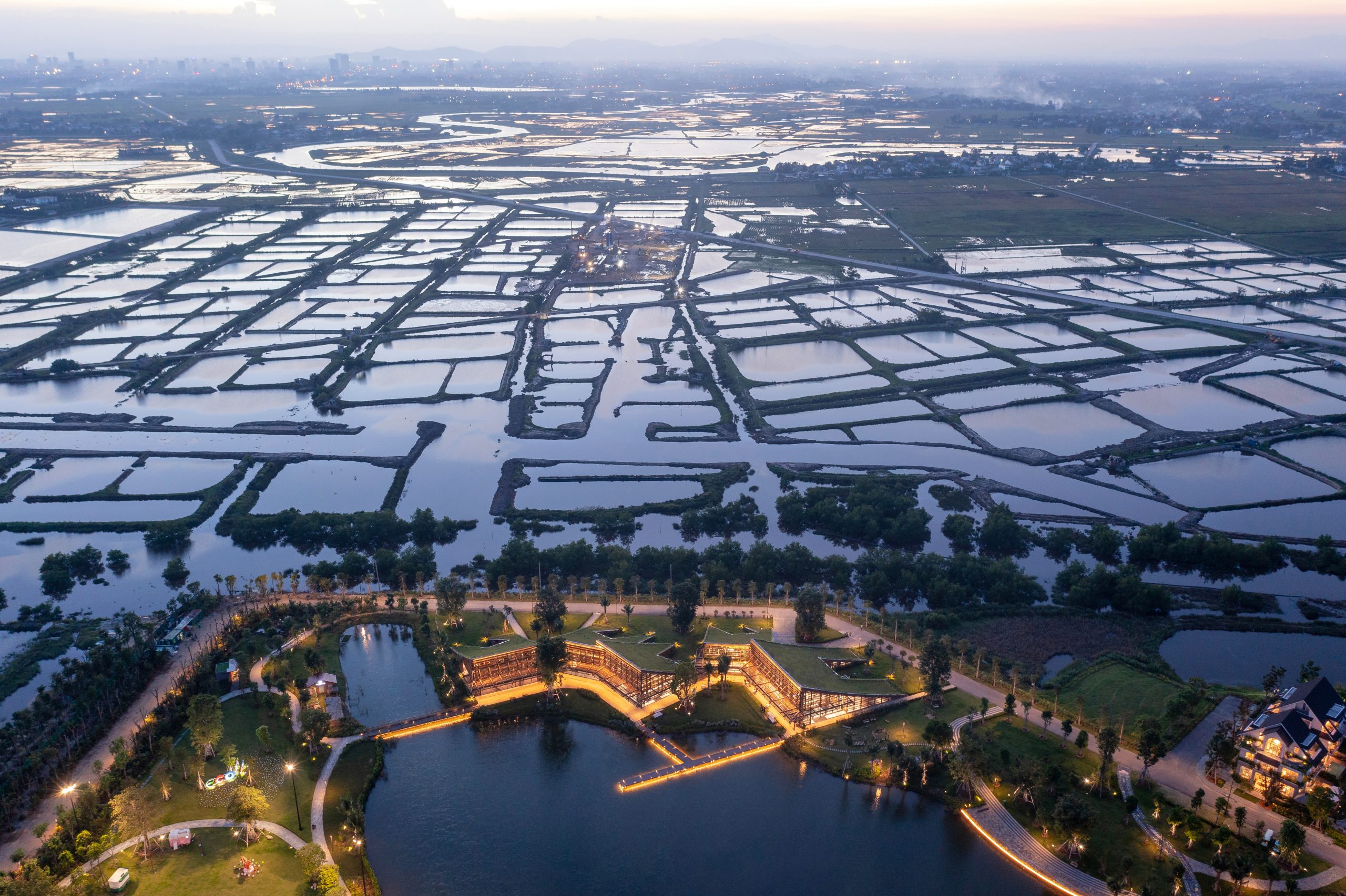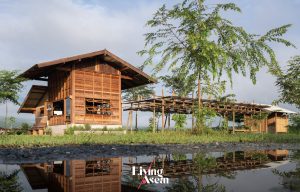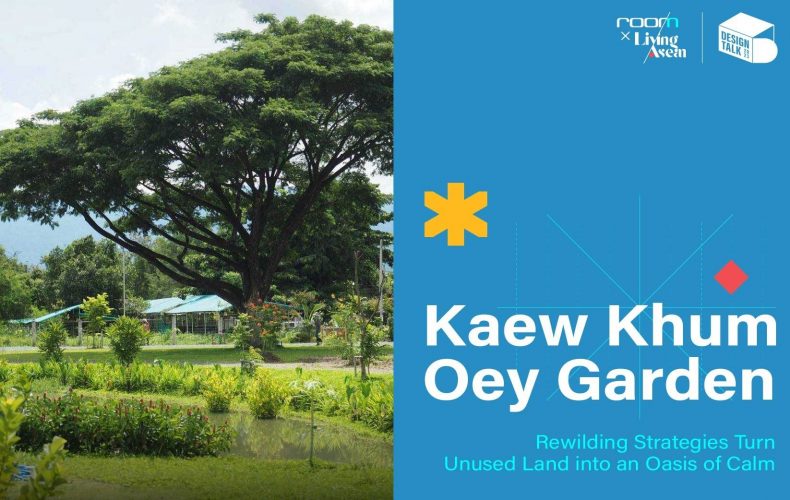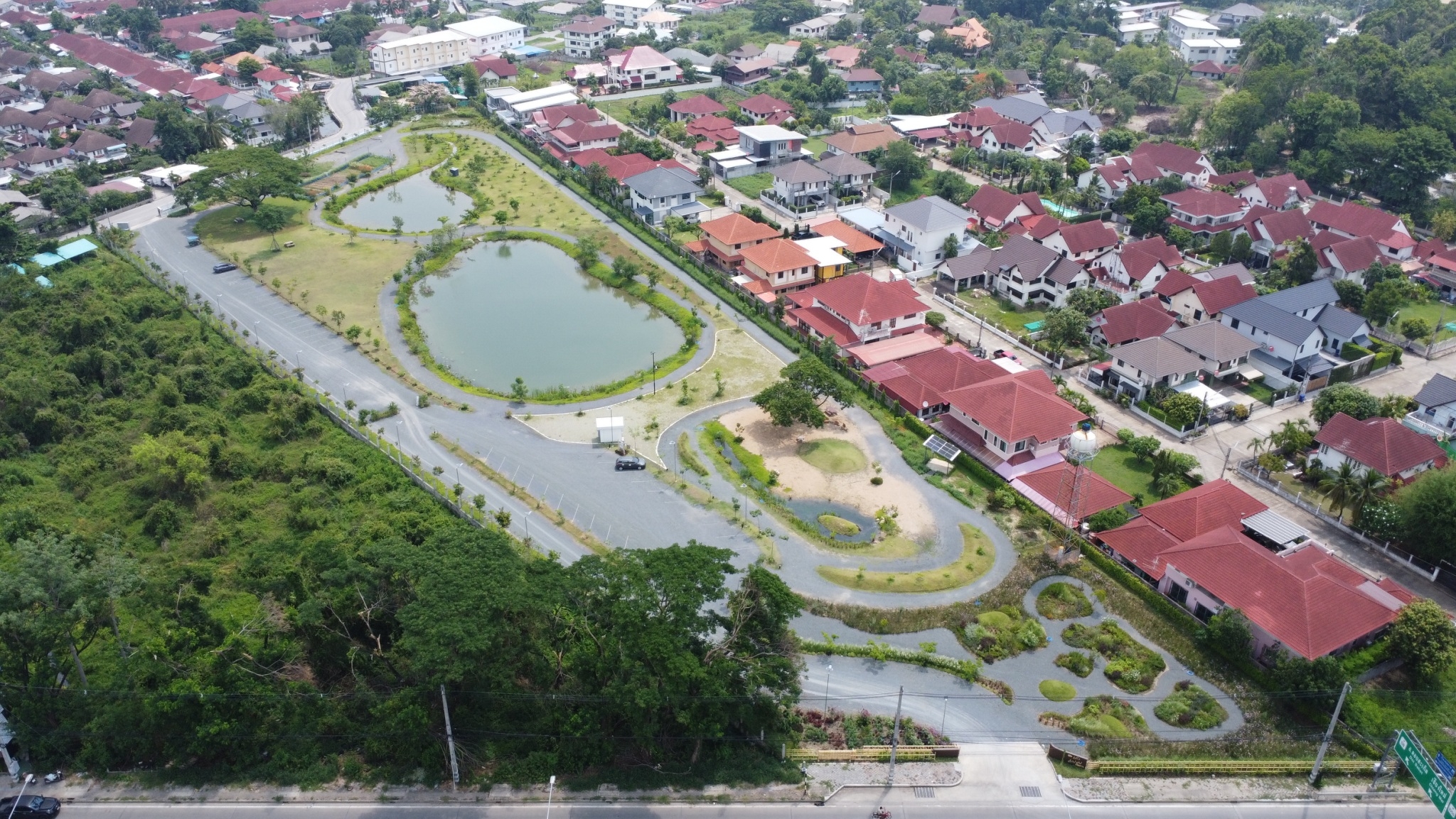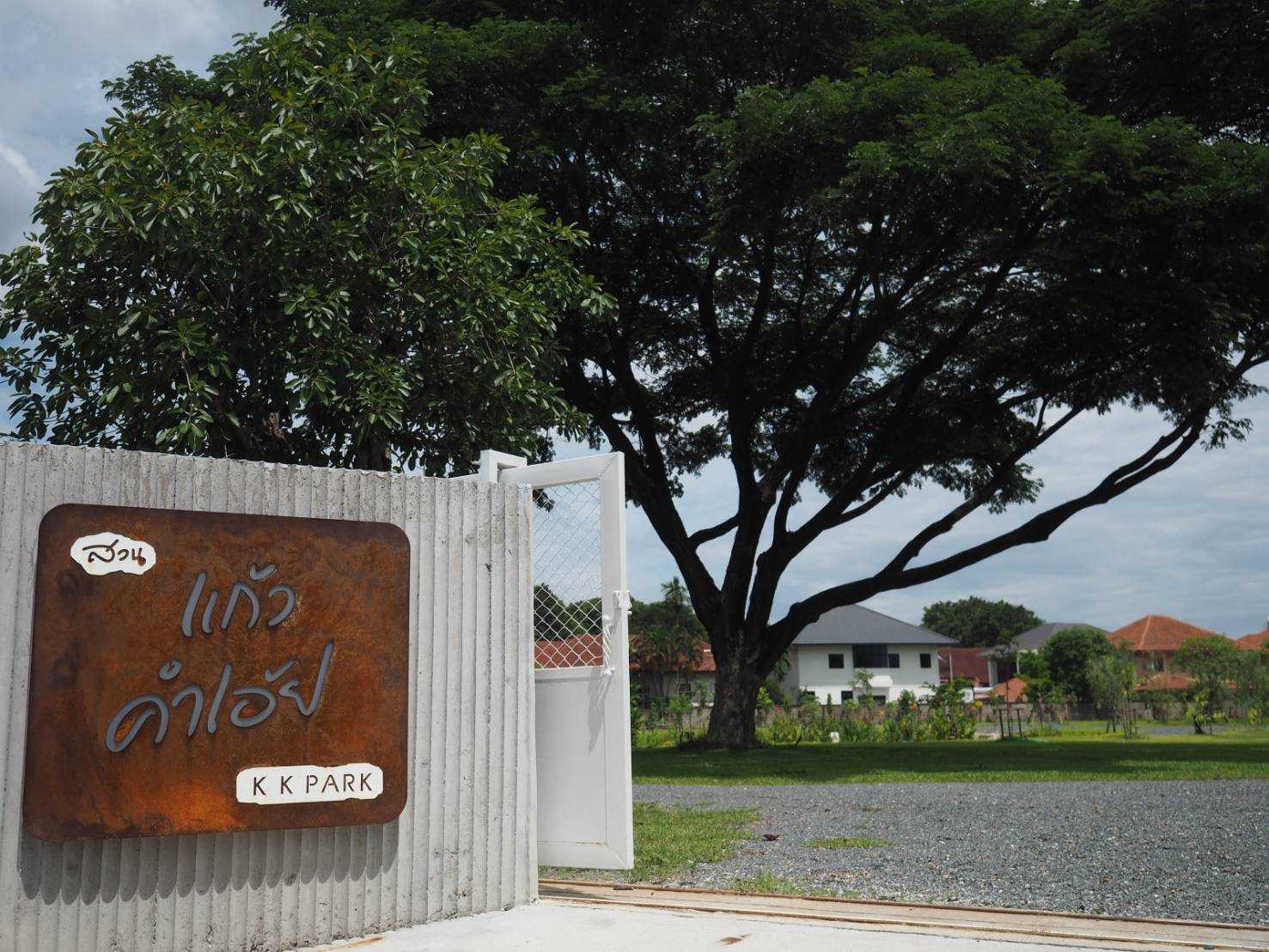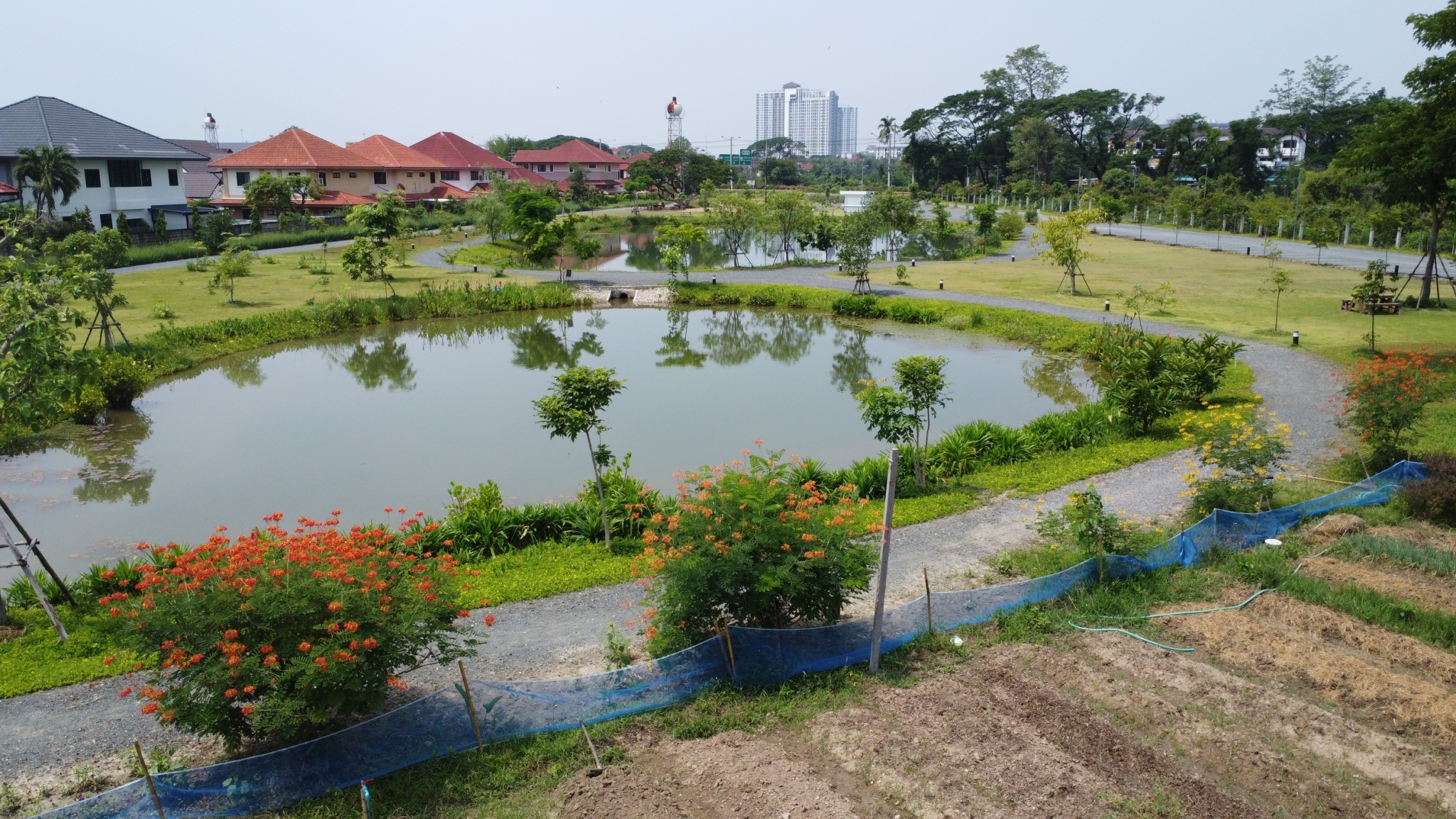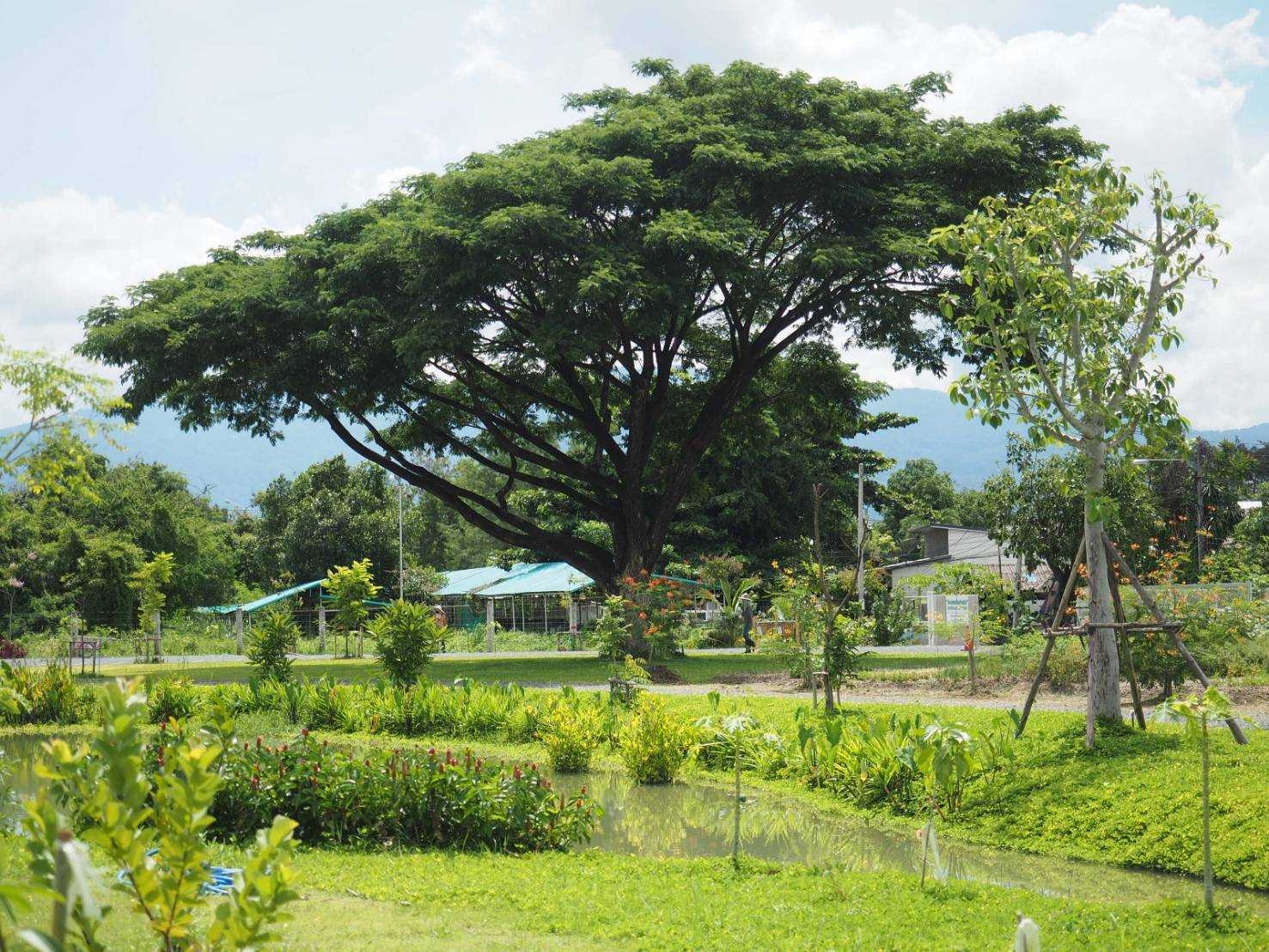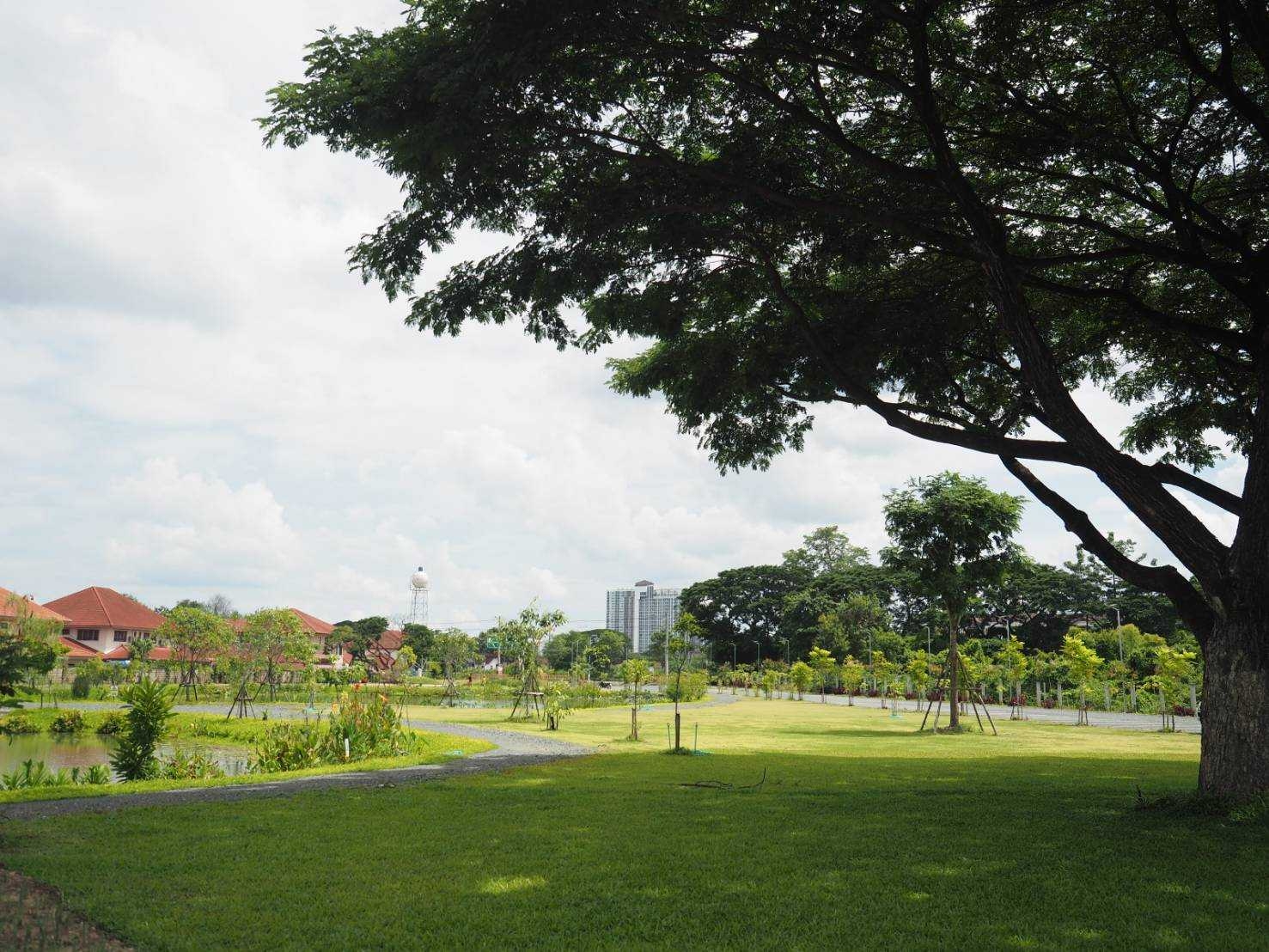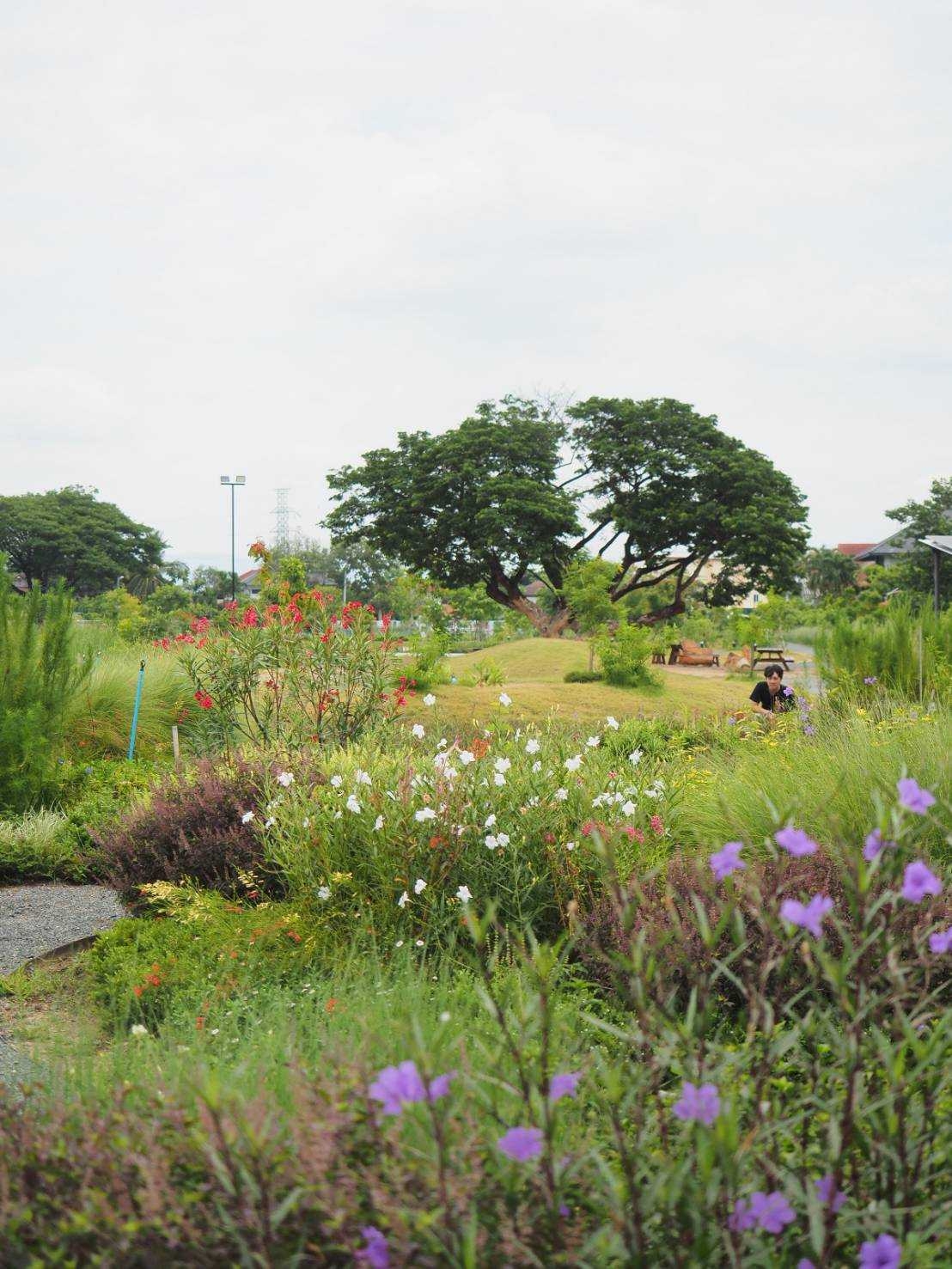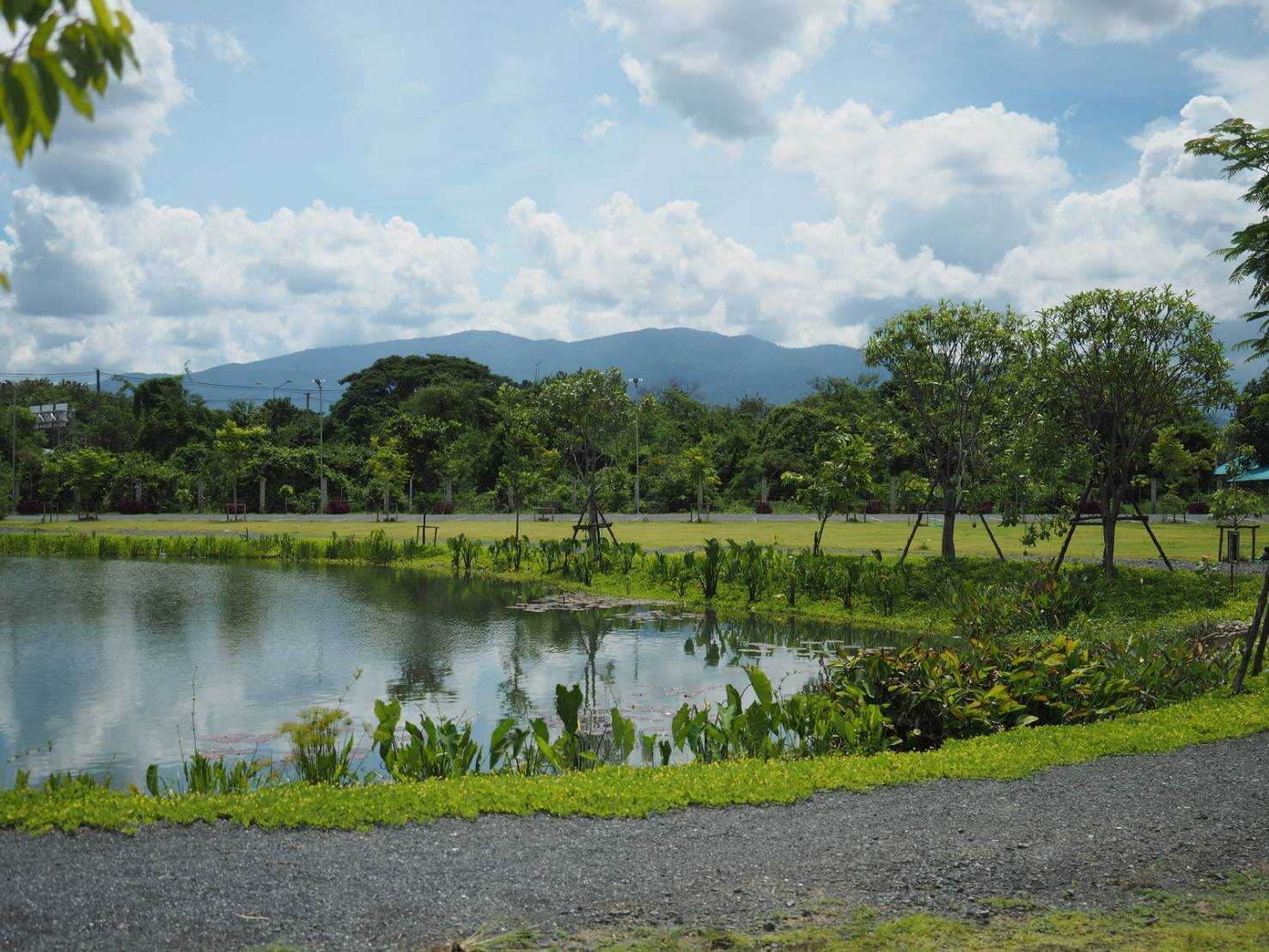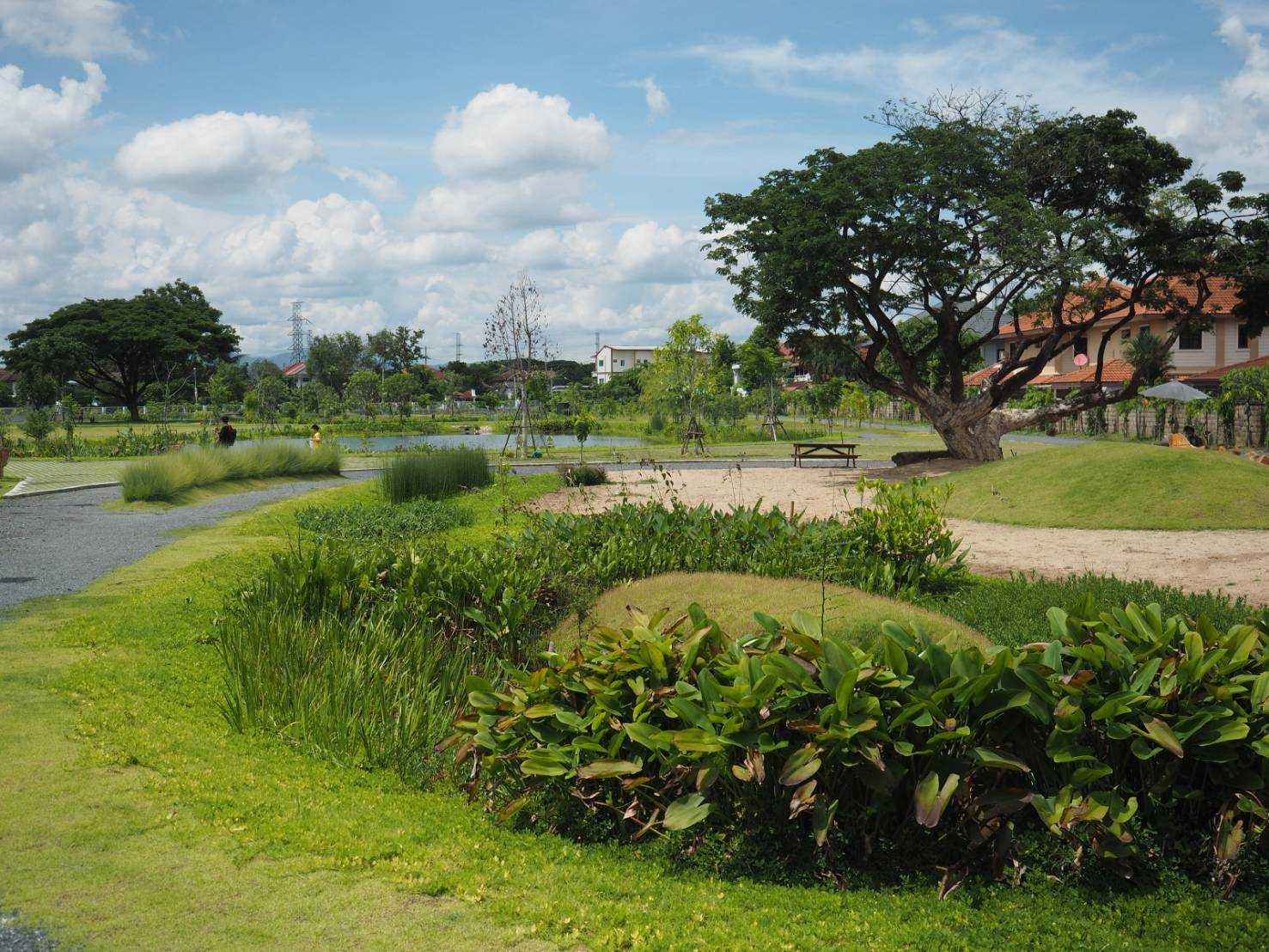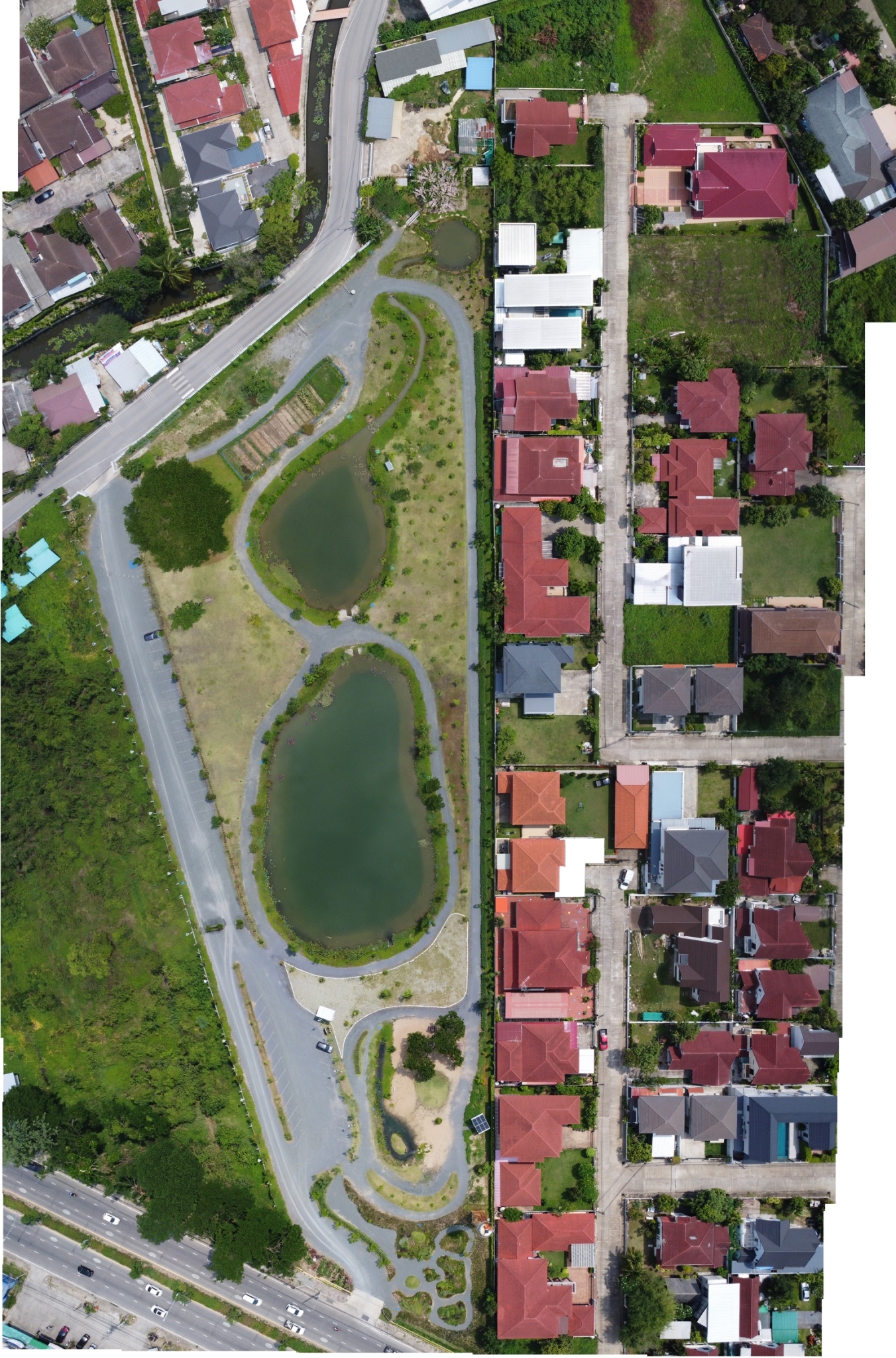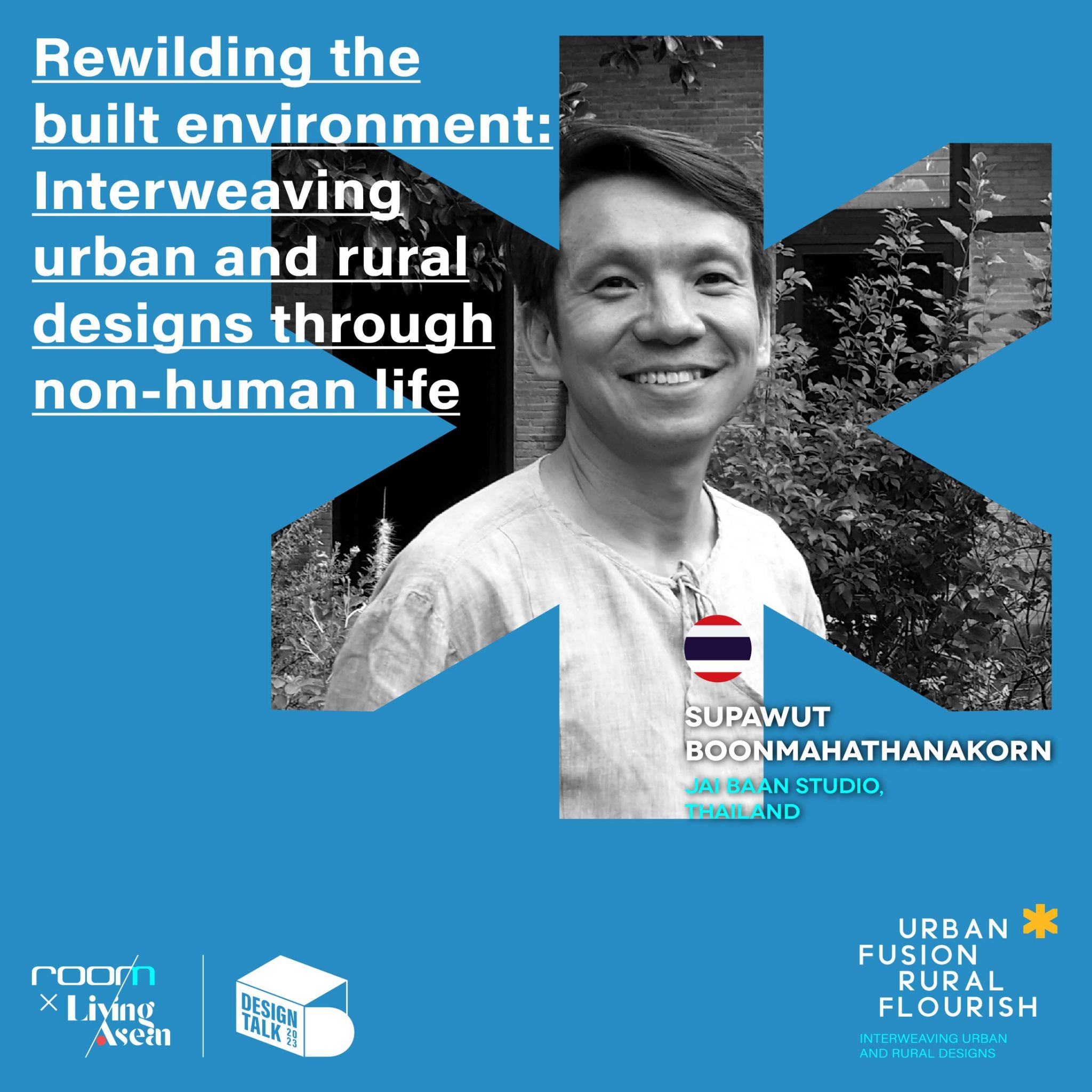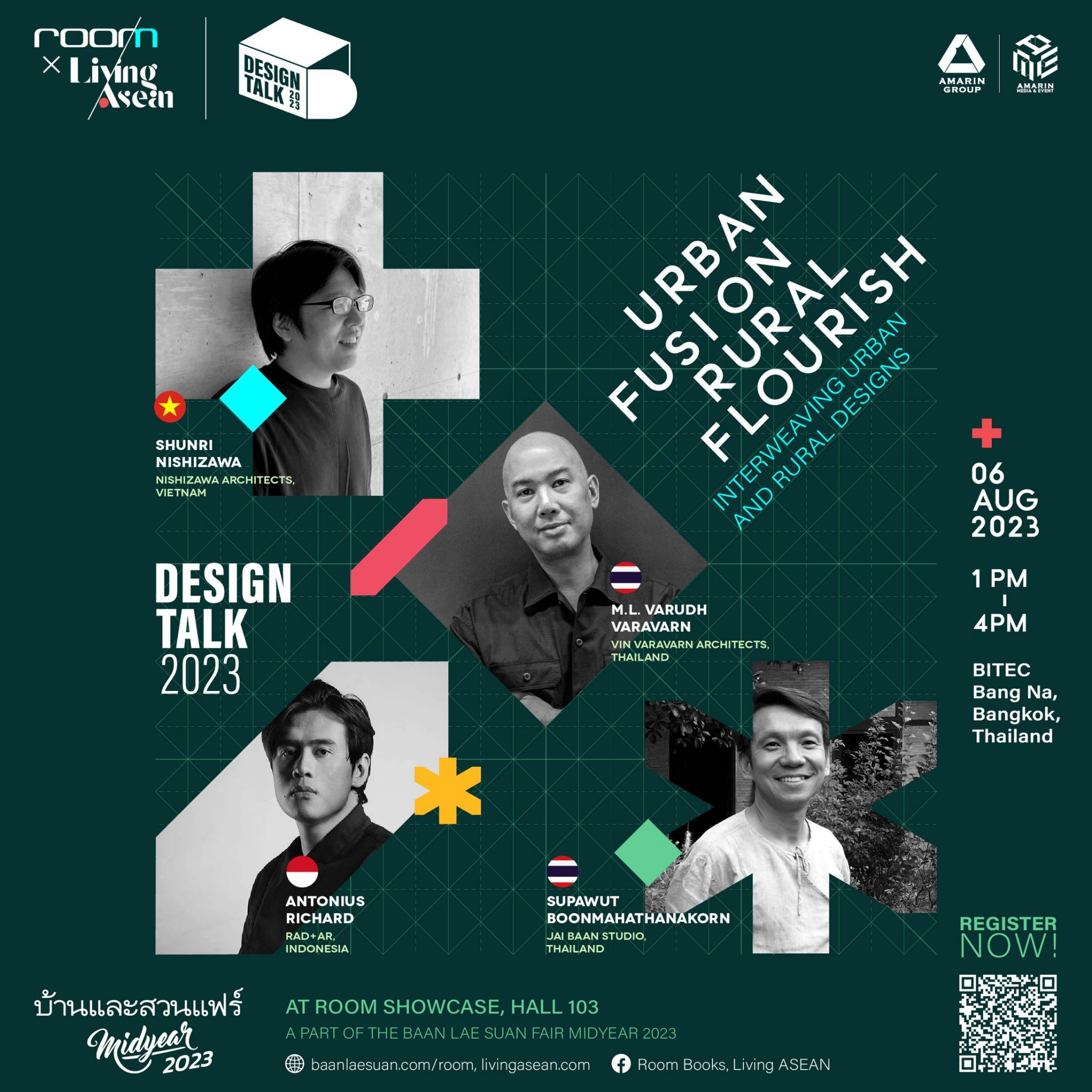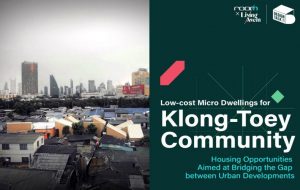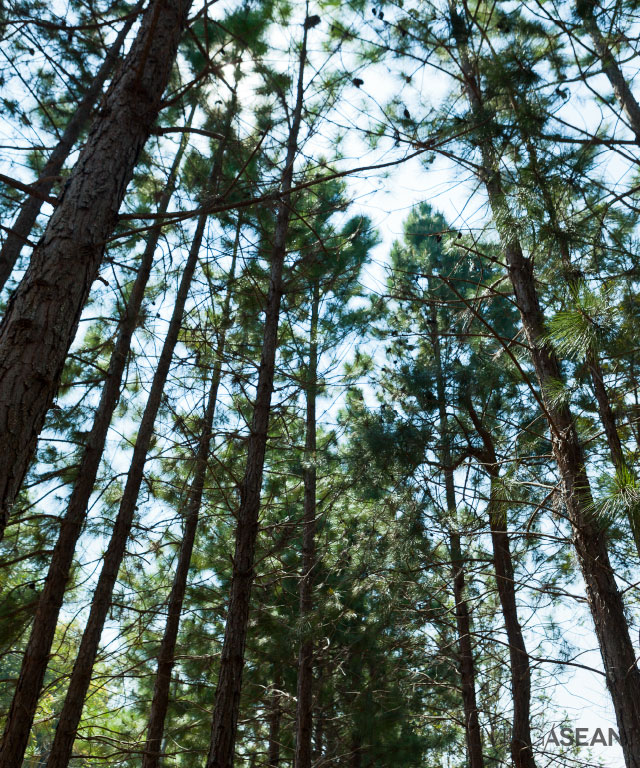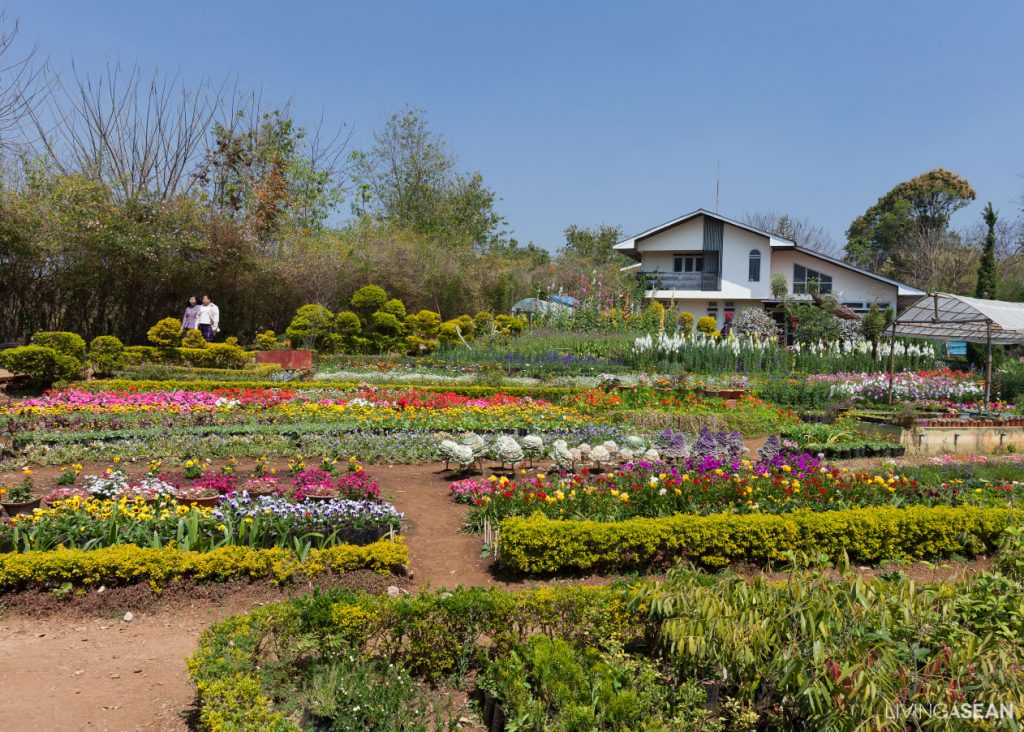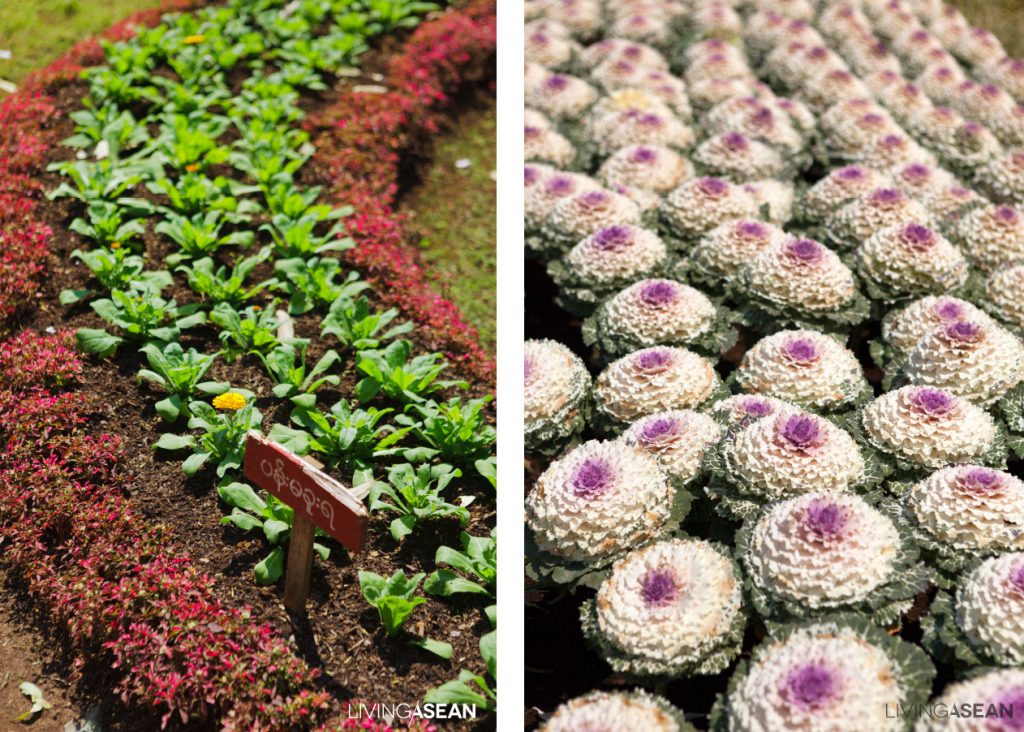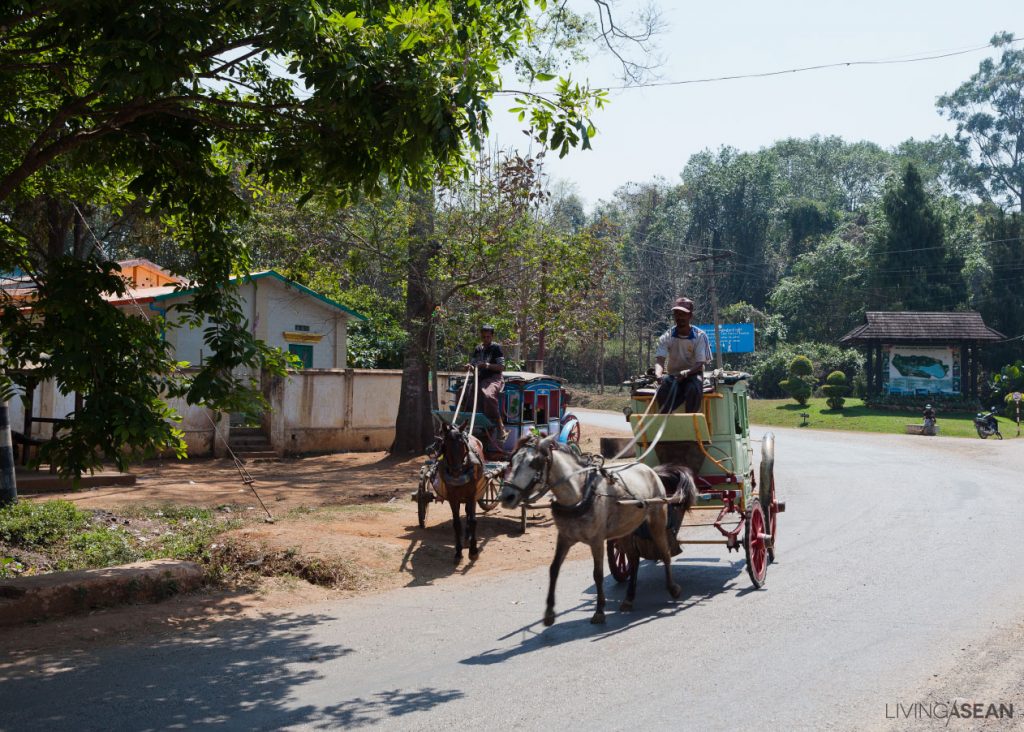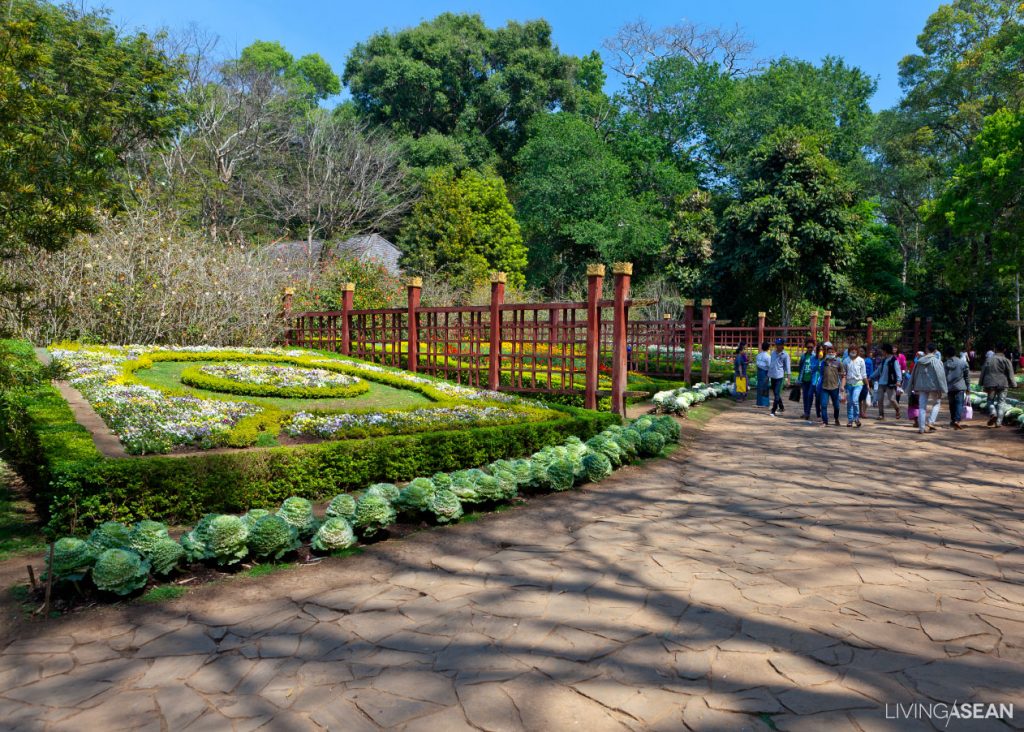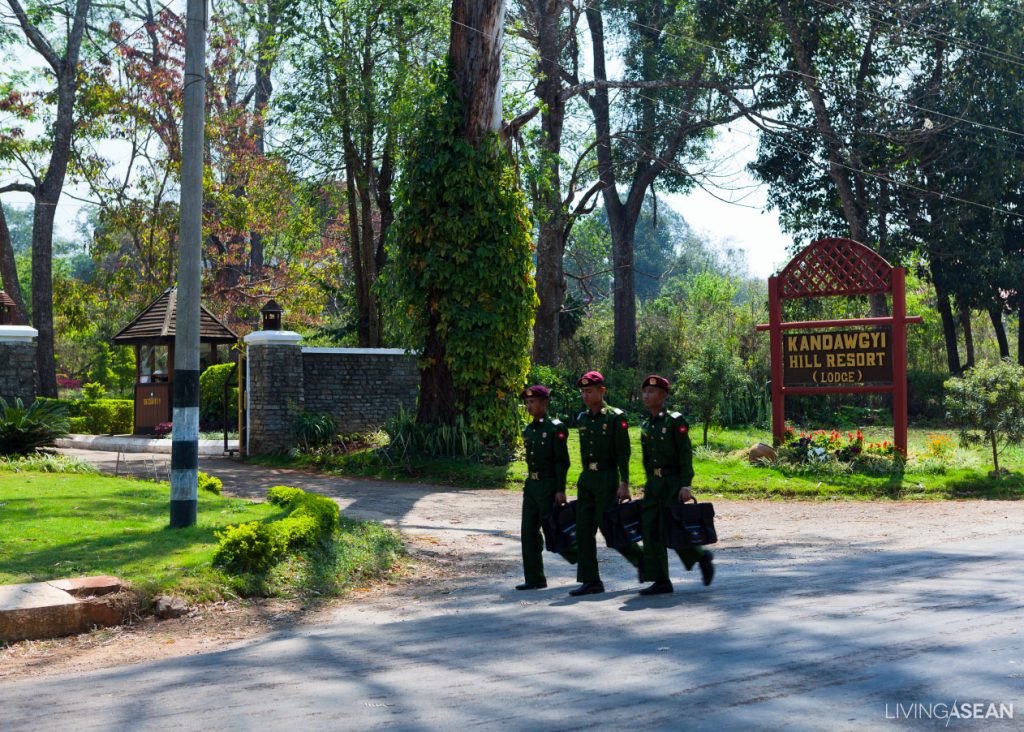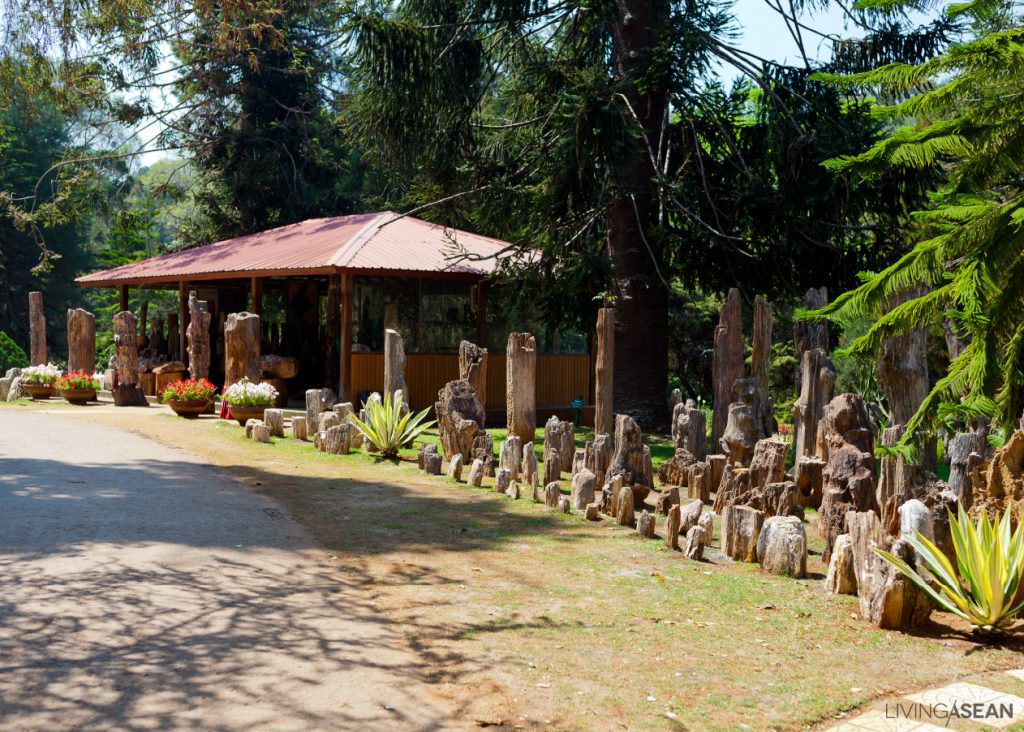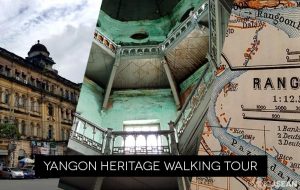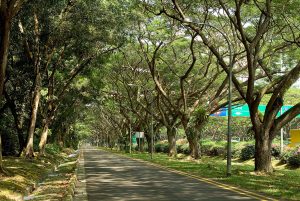/ Jakarta, Indonesia /
/ Story: Kangsadan K. / English version: Bob Pitakwong /
/ Photographs: SIURA Studio /
Environmental degradation has had a wide-ranging impact on people’s lives and the general health of flora and fauna. But the natural world is far more resilient that we realize. Let’s take a look at the design of Tebet Eco Park in Jakarta that’s exemplary of efforts at repairing damage and the upkeep of the biological community, forestland and water sources.
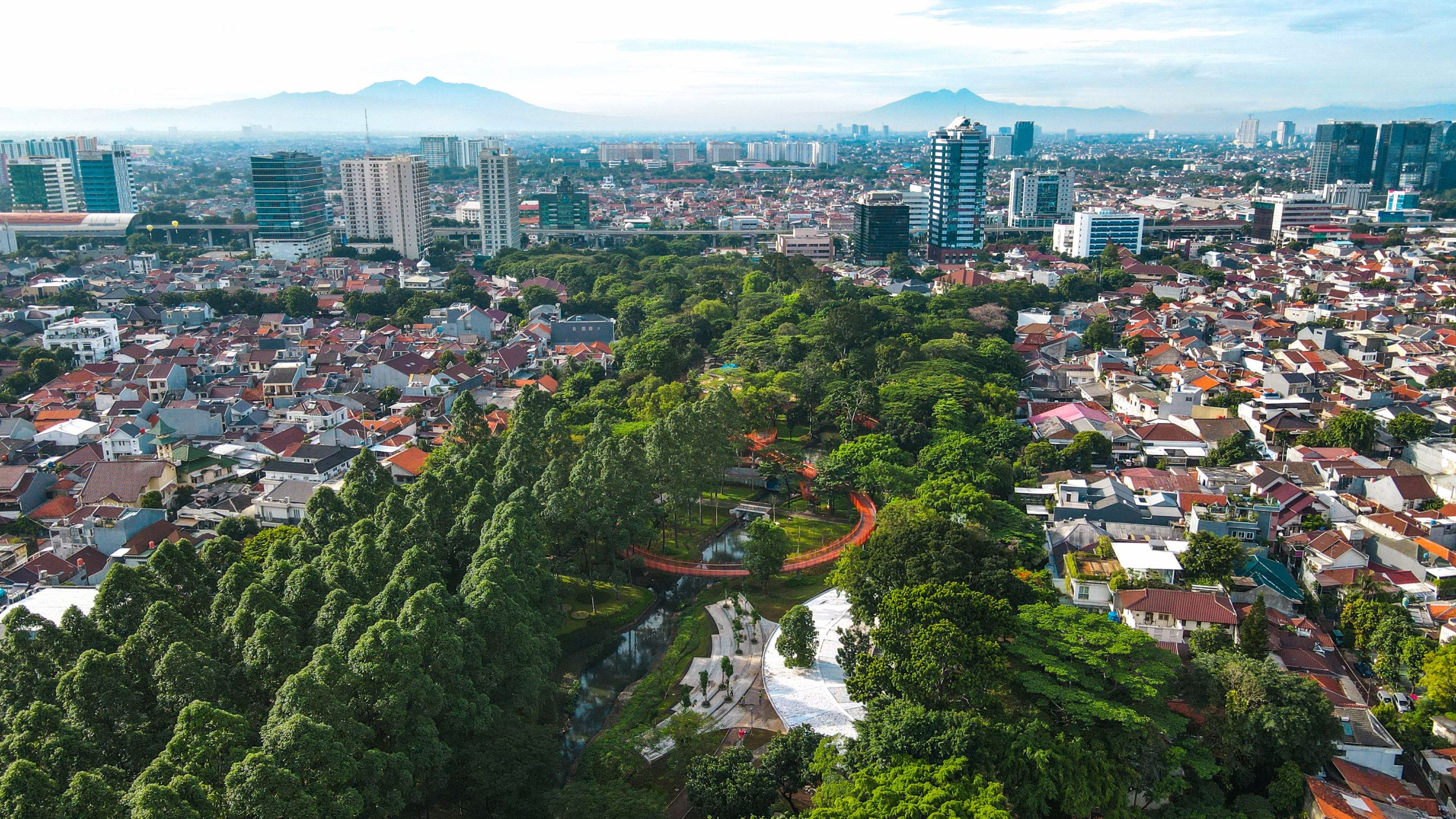
Like everything else, it’s been through good times and bad times to get where it is today – a city park lovingly restored to its former glory.
The fields and streams, and wetland environments are full of life and energy while lush vegetation abounds, thriving luxuriantly under scattered groups of trees.
The secret to all of this lies in creative landscape design that bodes well for the future of the complex network of interacting organisms, and beautiful esplanades lined with greenery. It’s a rendezvous where humanity and nature come together in peaceful harmony.
The years of neglect are gone now, no more flooding or being isolated from the rest of the world. And, thanks to care and attention, the park’s ecosystems are saved from destruction by human activities.
The enclosure 73,000 square meters in extent has experienced the new birth as a result of ongoing efforts at preserving the city’s green spaces and preventing wasteful use of resources.
At the same time, recreation areas and playgrounds connected by a system of esplanades were added to the mix resulting in diversity in parkland ecosystems that augurs well for a good rapport with nature.
The Tebet Eco Park Restoration Project is the brainchild of SIURA Studio, an urban design and landscape architectural firm based in Singapore.
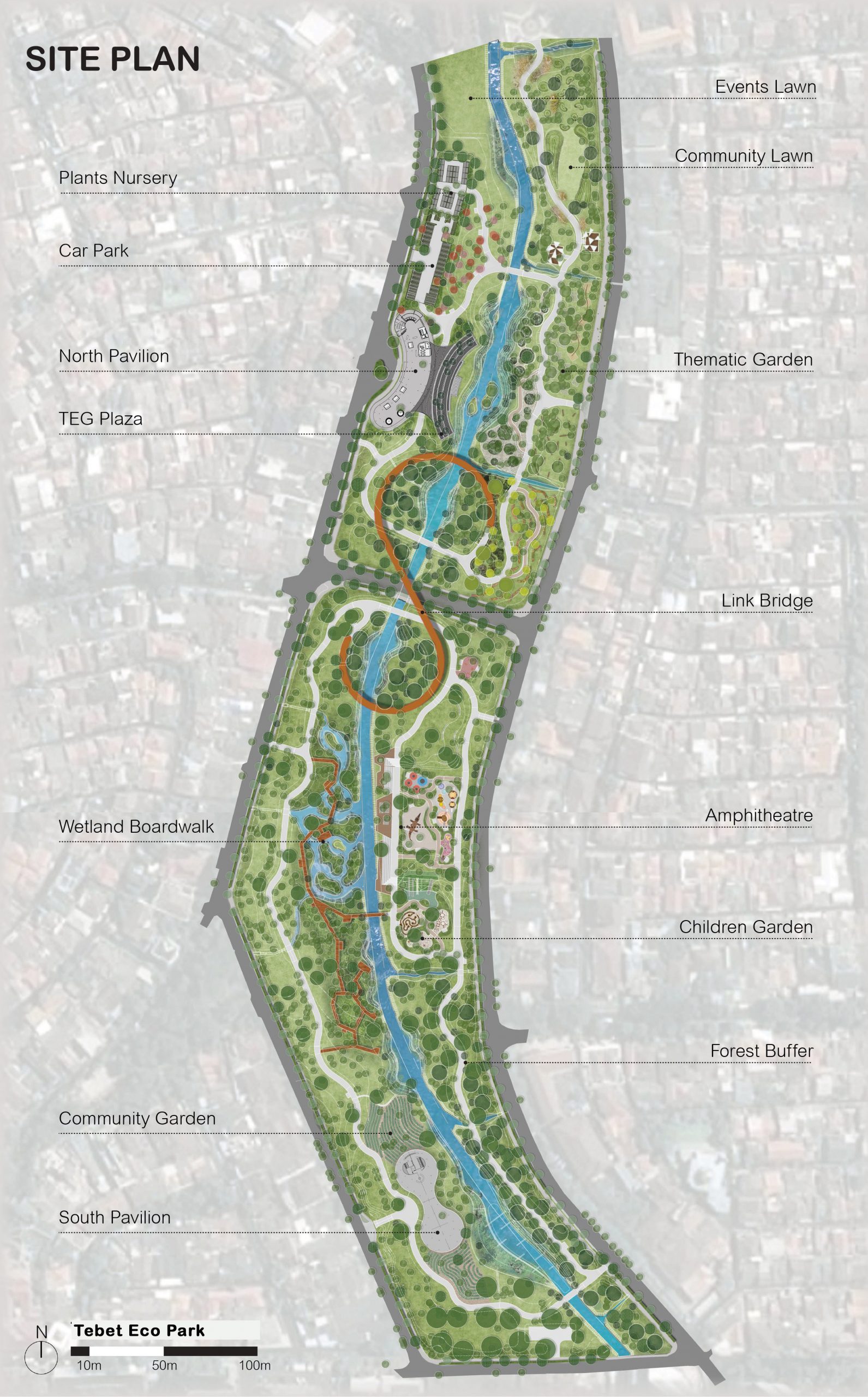
The company has enjoyed a strong track record in innovative design that prioritizes the climatic context and ecological implications of a project site. In a nutshell, it’s about integrating sustainable goals in park design so as to answer the basic recreational needs of people in urban areas.
The project began in earnest some 15 months ago. At the time, the area with small streams and wetland habitats was clearly in a state of disrepair caused by periods of low rainfall alternating with deluges of heavy rain that resulted in flash floods.
To make matters worse, flooding also brought contaminated debris into the area, while a new road running through it disrupted an ecological corridor that’s the life line of woodland flora and fauna, eventually resulting in widespread destruction of the physical environment.
That’s exactly where an experienced landscape team at SIURA Studio came into play. They were tasked with breathing new life into the area, eventually returning the urban parkland to a good condition.

This was achieved by adding greenery suitable for this particular ecosystem, at the same time improving the quality of small waterways, wetland habitats and biodiversity in the area. And all of this is done corresponding to land use planning so that society, the environment and the city as a whole can benefit from it.
First and foremost, the two separate areas of the park were combined to form a single entity, while the 714-meter-long waterway that ran through it was rehabilitated to health.
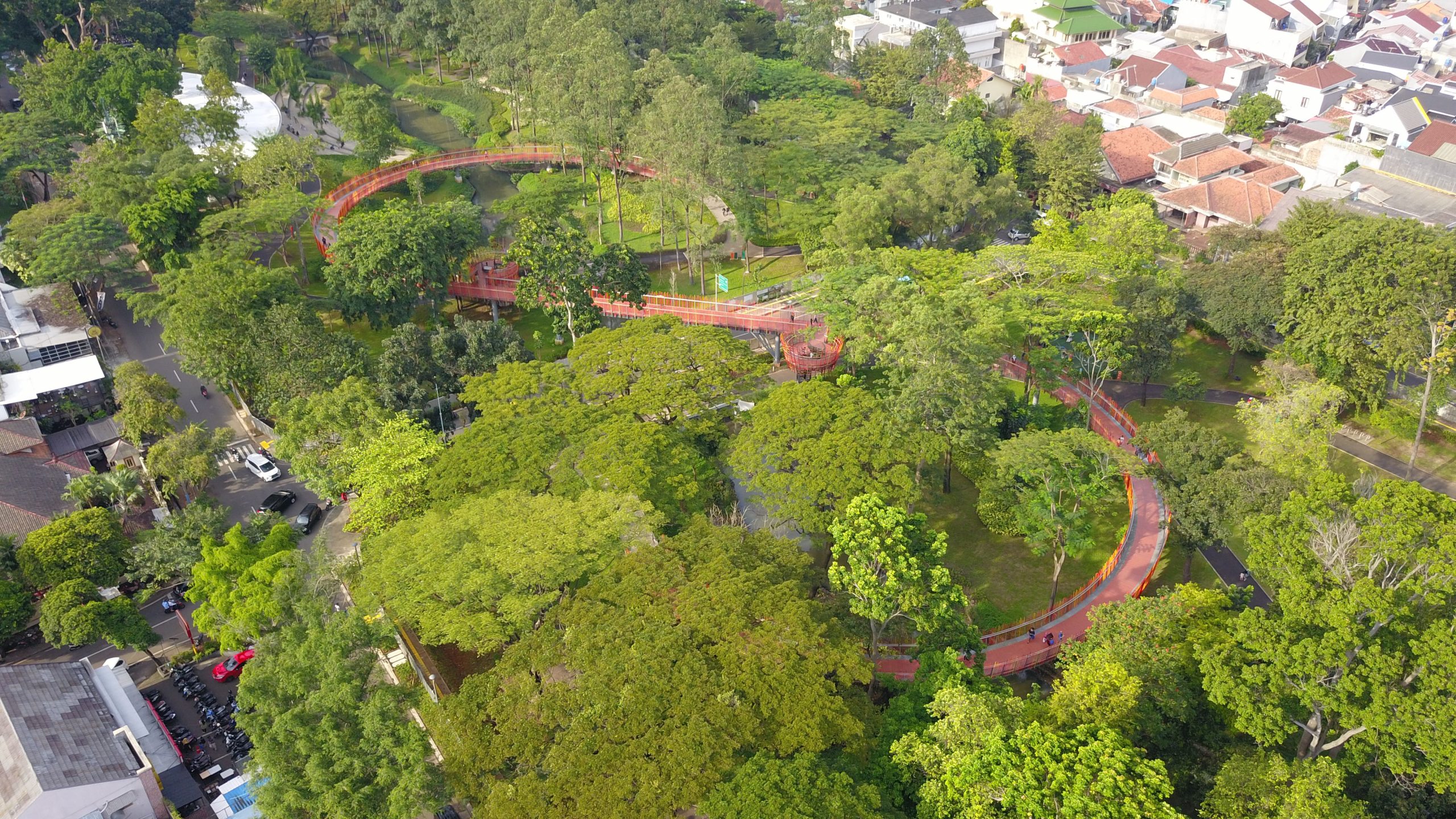
Meanwhile, the concrete road was removed and replaced by garden pathways, creating a wetland environment capable of supporting aquatic life. The stream itself was made long and winding by design, a clever hack in the waste water treatment process.
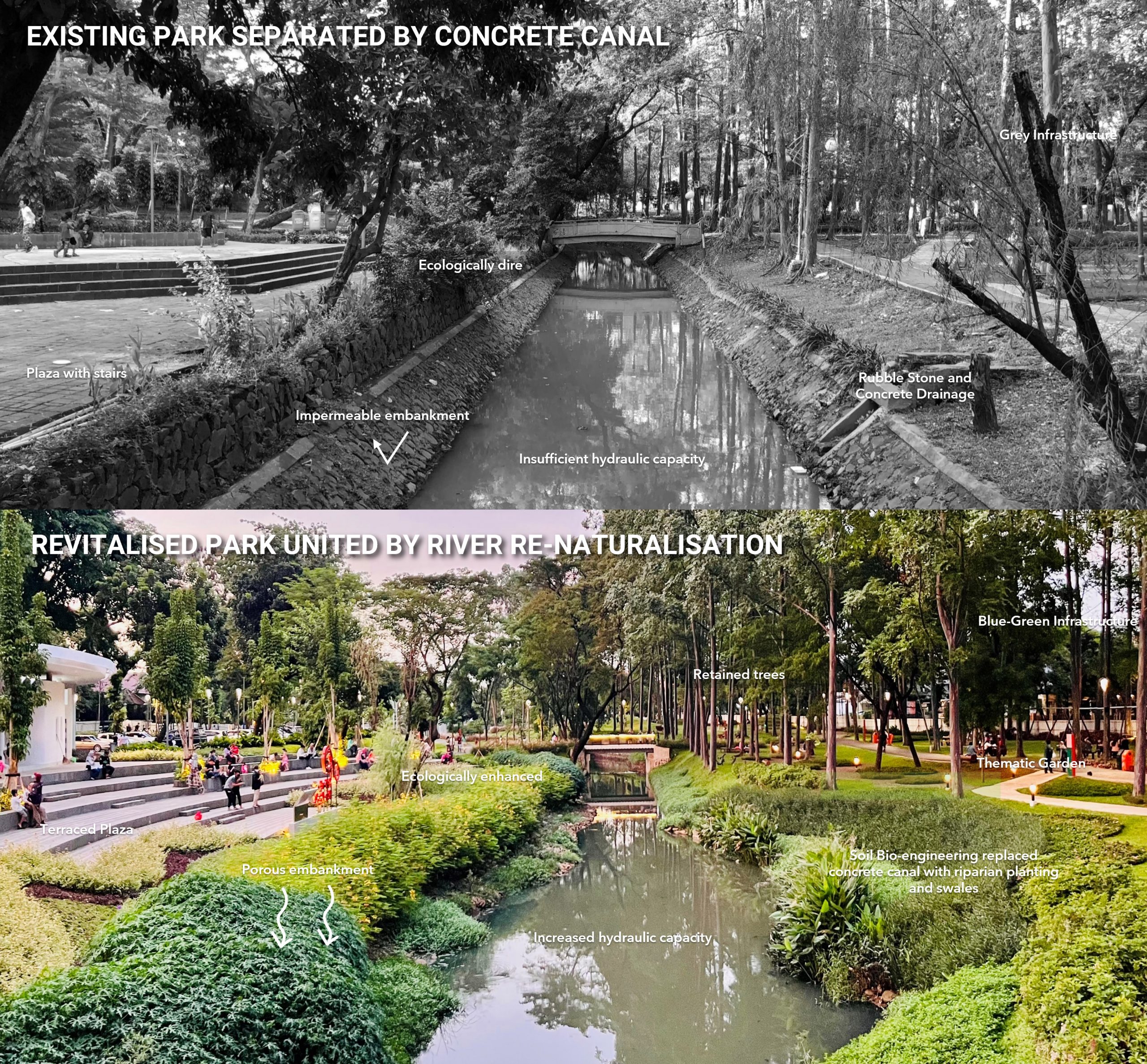
In this way, saturated conditions on both sides of the stream became conducive to the growth of wetland plants and other organisms, not to mention an increase in biodiversity and improvement in soil quality.

In a gradual way, the urban parkland that once fell into disrepair was brought back to life. The trees and shrubbery now grow and develop vigorously, thanks to the enthusiasm and work spirit that advocates reduce, reuse and recycle as a means of protecting the environment.
Just to give you an idea, some of the rocks and tree stumps unearthed during the excavating process were converted into reusable building supplies, while others found a new purpose as component parts in outdoor furniture, such as park benches and equipment in children’s playgrounds. In a nutshell, nothing goes to waste.
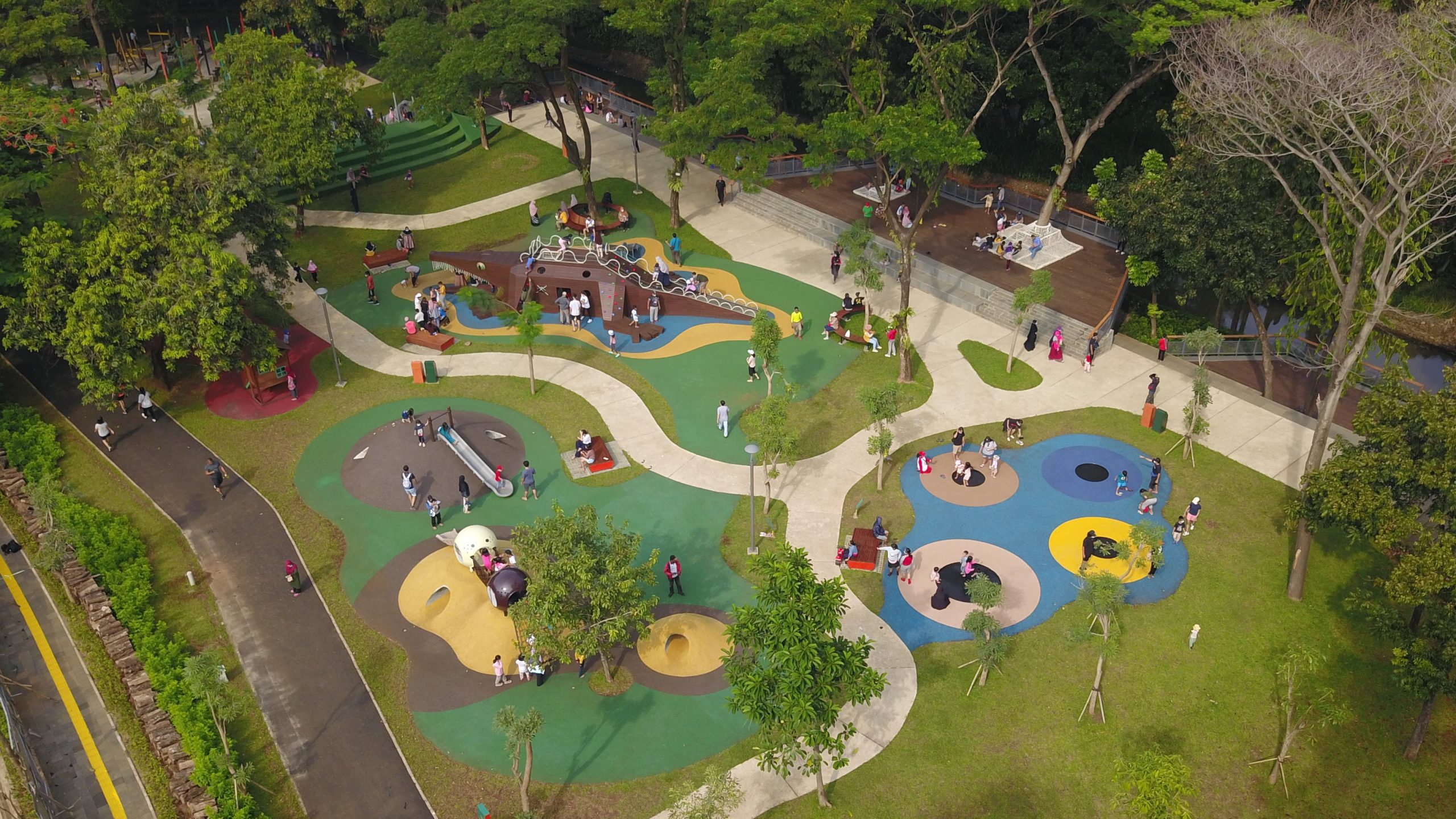
Tebet Eco Park no doubt has transformed into delightfully warm and inviting recreation grounds for the people of Jakarta. If walking is your thing, perhaps you might like to check out the esplanades on both sides of the stream.
Whether it’s a quiet saunter down the garden pathway lined with greenery or fitness walking that quickens your breathing, Tebet Eco Park is the place to be.
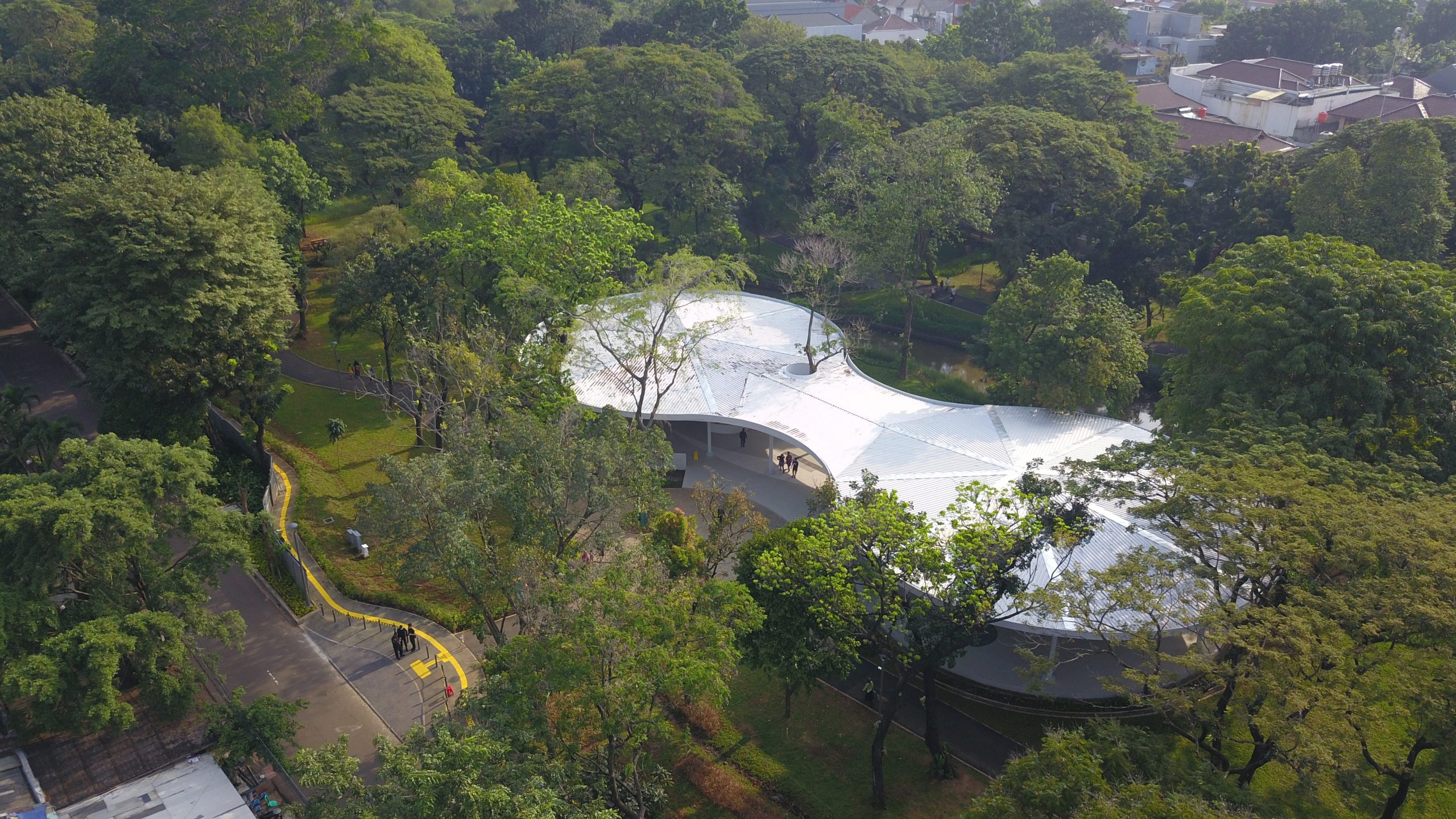
There’s even an overpass painted a bright shade of red that will take you on a twisting and turning spiral course among the treetops. By the way, walking through a park is different from strolling on the street in front of your home. Physical activity in a green space provides multiple health benefits.
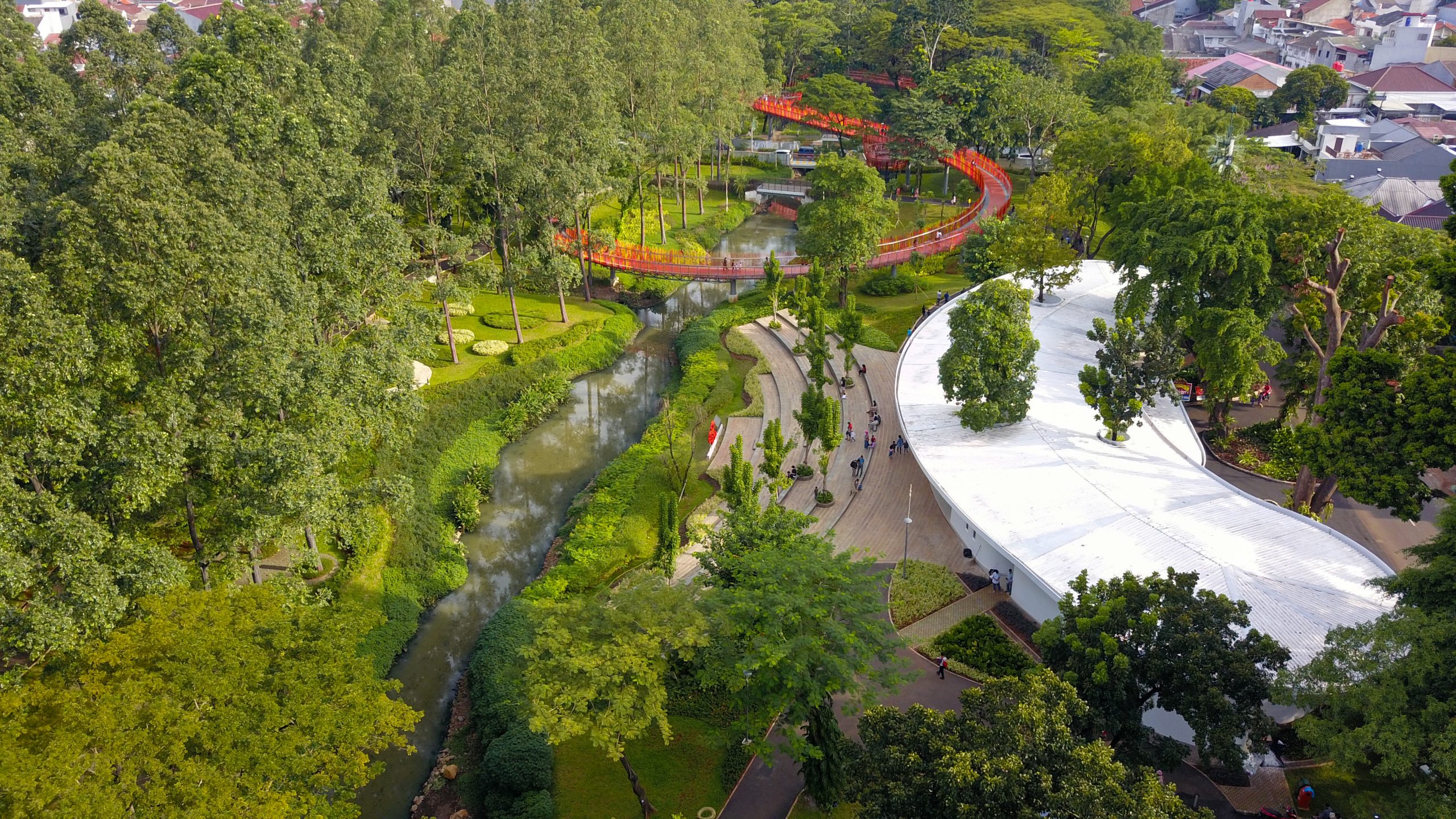
In the big picture, there’s more to a park than just restoring ecosystems to health. It involves taking the initiative to improve the quality of life for people in urban areas.
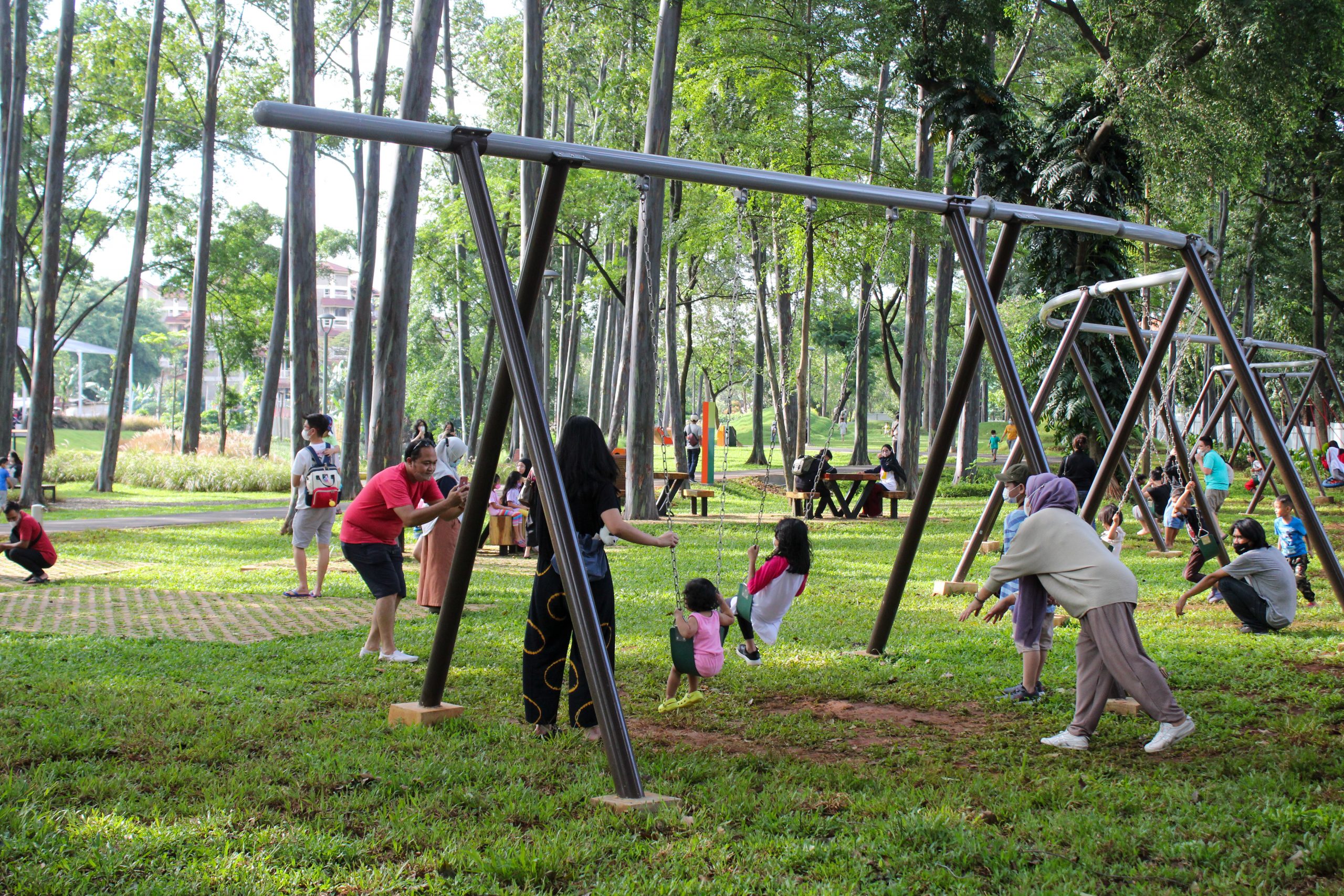
Citizens and investors can participate in city planning and making recreation grounds easily accessible to people in the community.
The bottom line is public green spaces matter. Although everything changes, the relationship between humanity and nature remains inextricable. A yearning to reconnect with the natural world never dies; it only gets stronger with time.
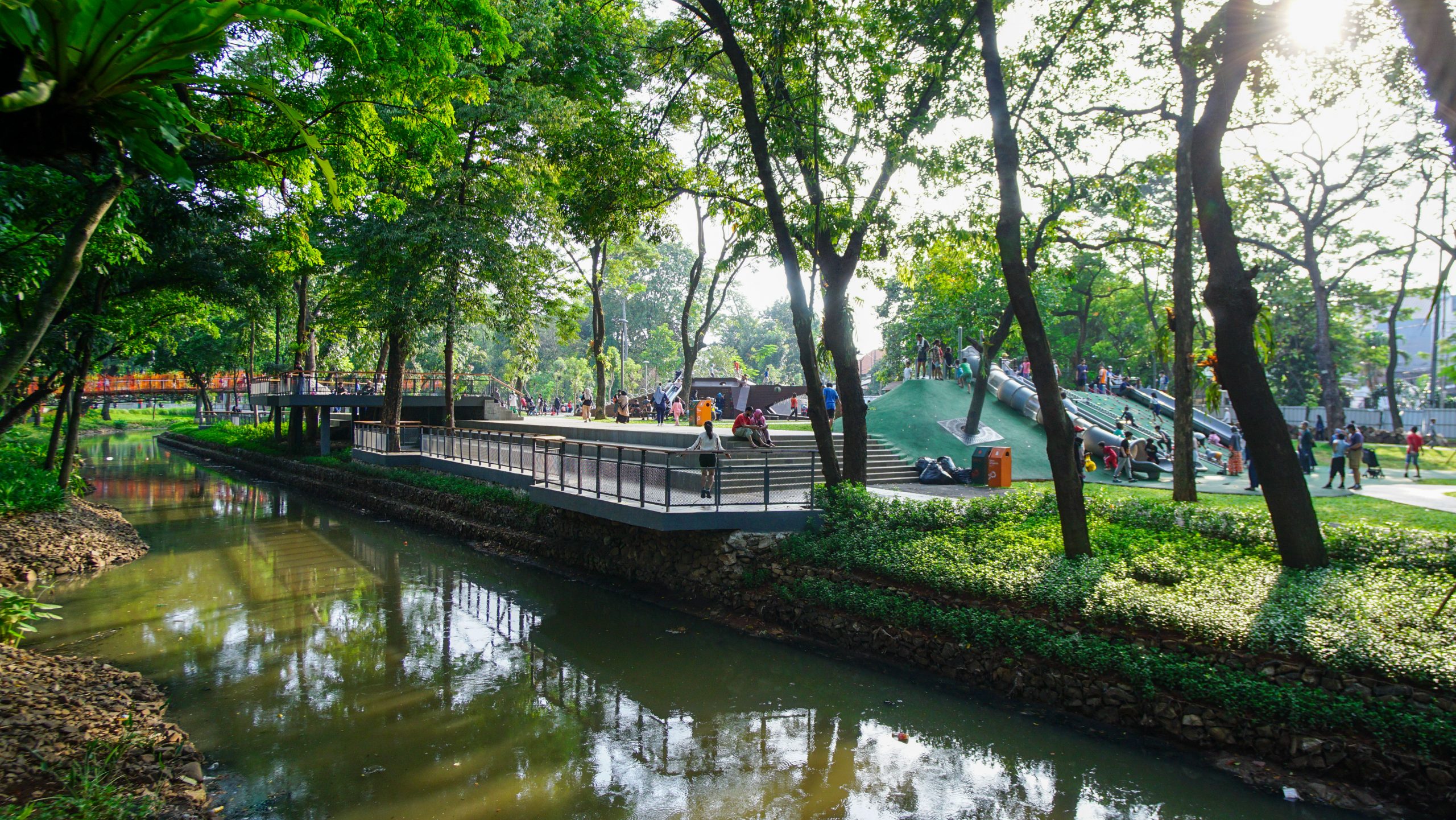
Because the people of Jakarta want a healthy physical environment for rest and recreation, Tebet Eco Park is there for them – an open public space that’s sustainable, creative and easily accessible to everyone.
Architect: SIURA Studio
You may also like…
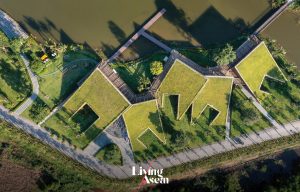 The Park: A Grass-Roof Community Center Shimmers in the Night
The Park: A Grass-Roof Community Center Shimmers in the Night
 The Đạo Mẫu Museum: A Window into Vietnam’s Folk Cultures in Times Past
The Đạo Mẫu Museum: A Window into Vietnam’s Folk Cultures in Times Past

